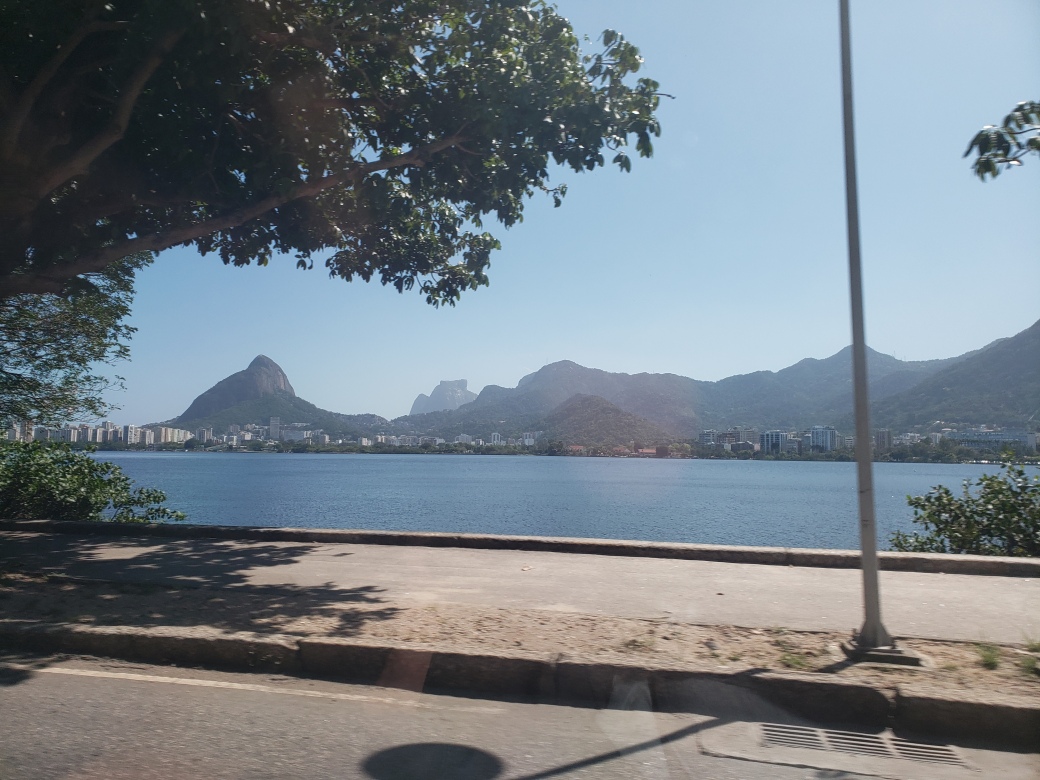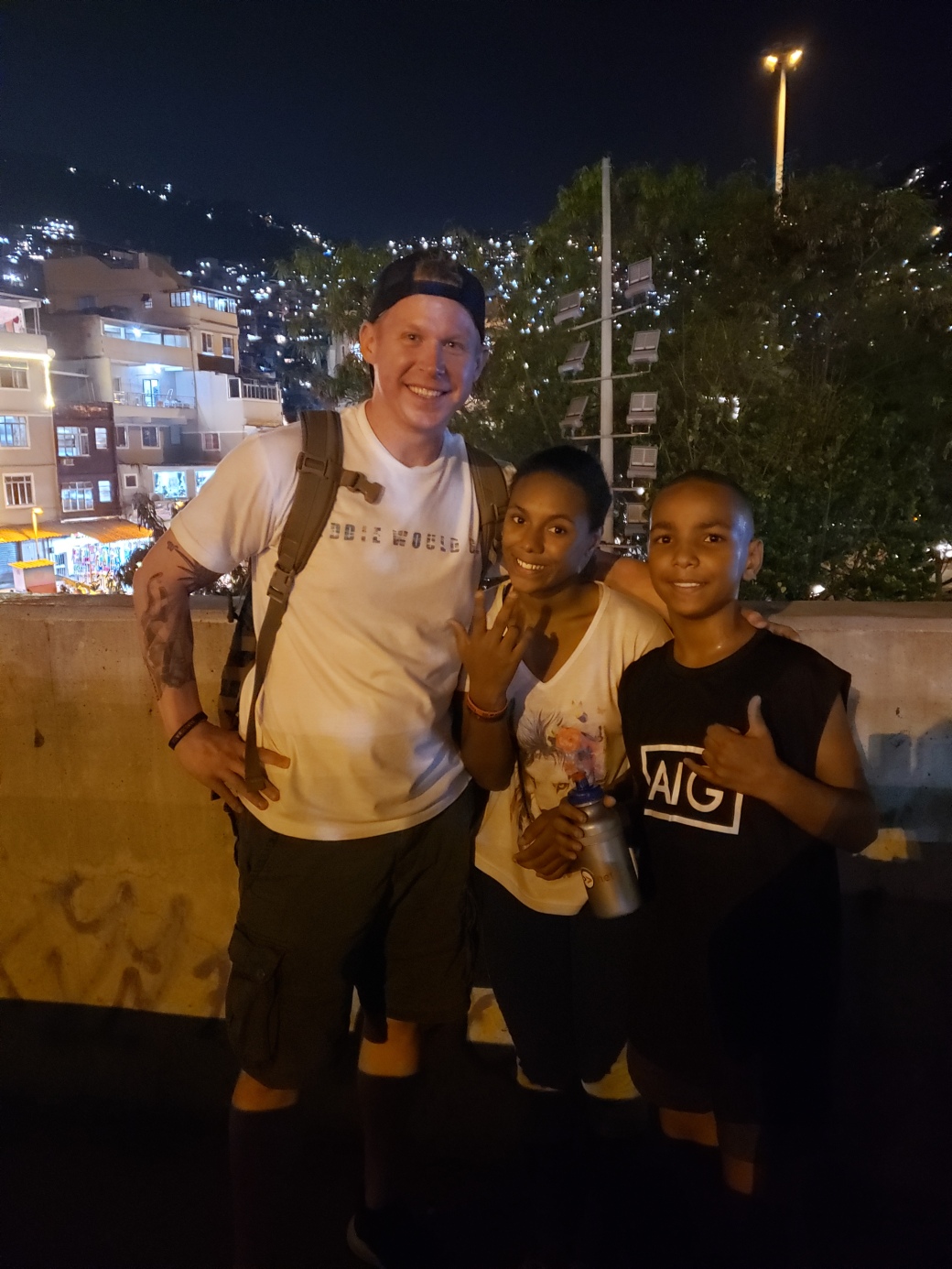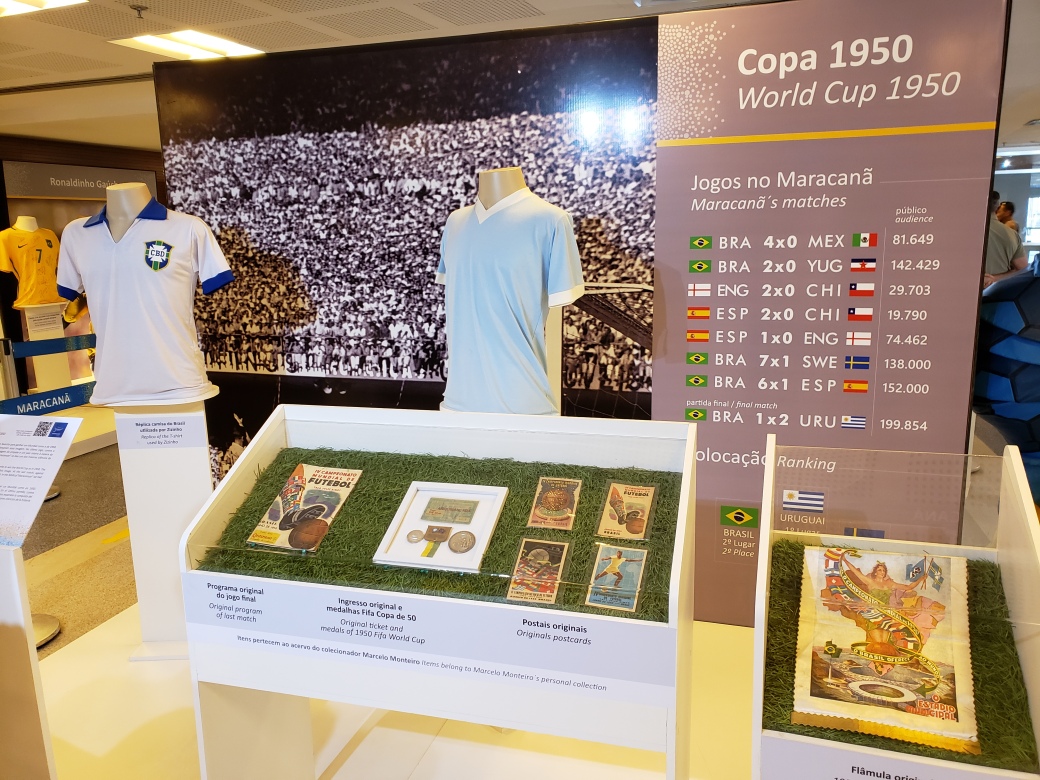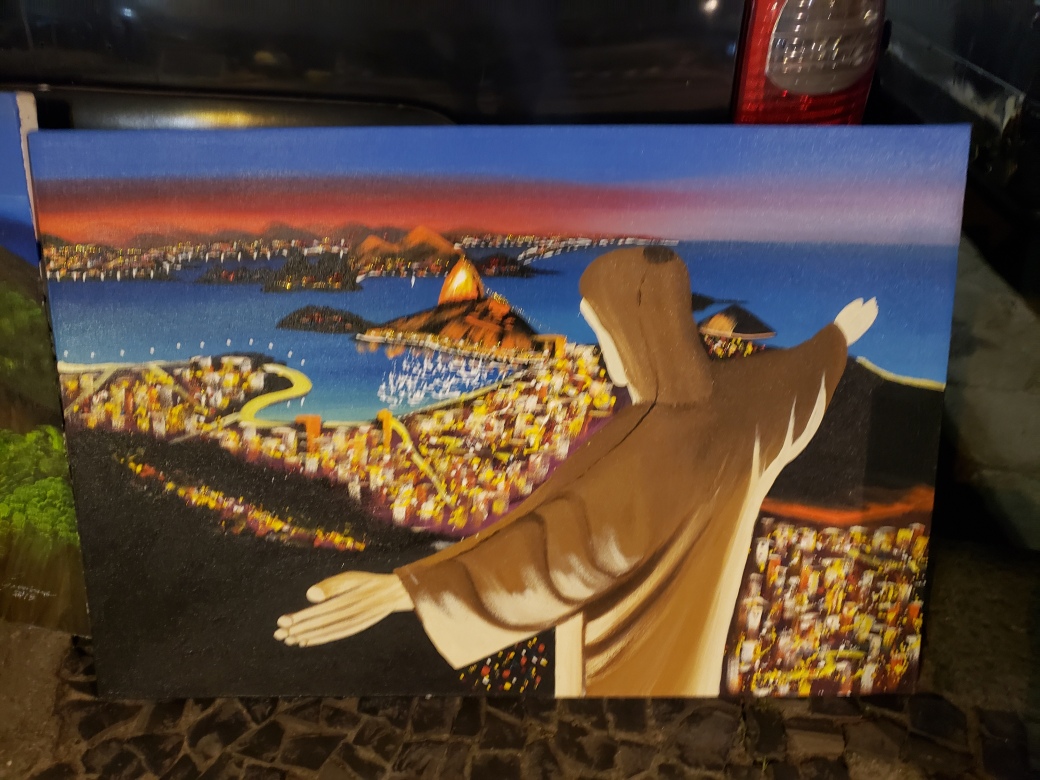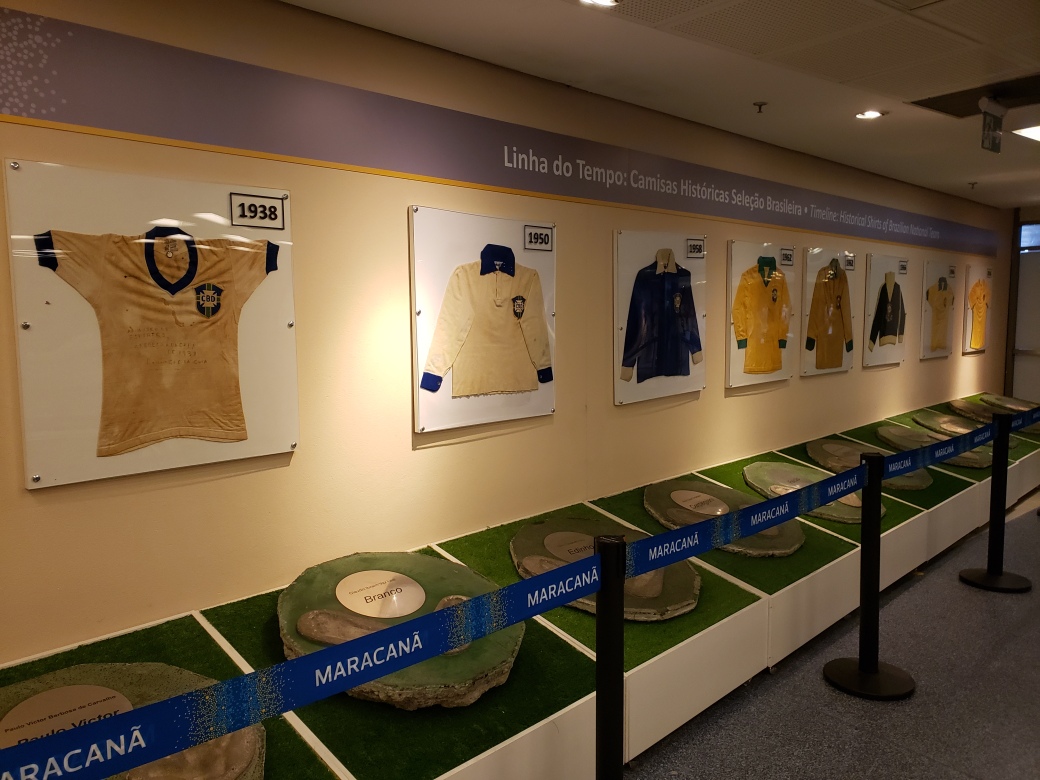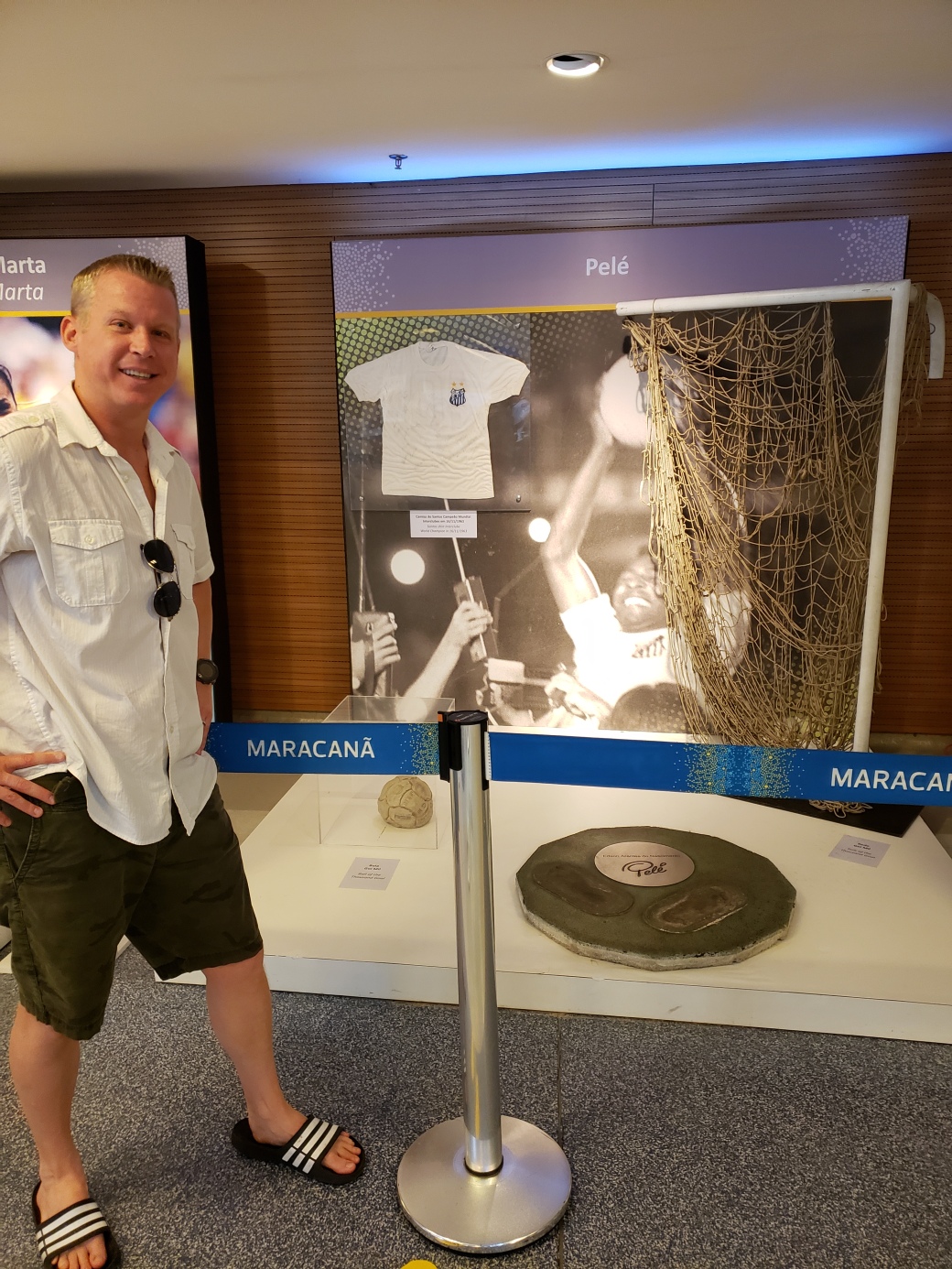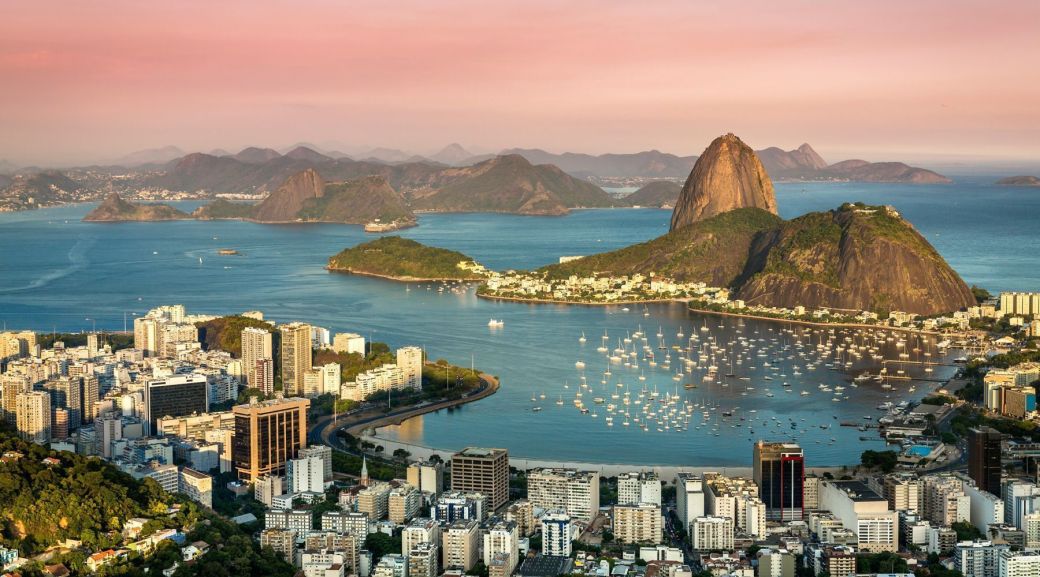
In the fall of 2019, I was traveling across Argentina for work when I decided to stop off in Rio De Janeiro, Brazil for a few days on the way back. I had always wanted to visit Brazil, and one of the main driving factors that encouraged me to go while already in South America was because as of July 17, 2019, there was no more visa cost to enter Brazil. Five years ago, it cost $500 USD for an American to get a visa in Brazil! Then the visa cost came came down for the 2014 World Cup and then again for the 2016 Olympics, but now there was no cost at all!
I flew into Rio in the early afternoon and checked into my hotel in Copacabana beach shortly thereafter. I looked at my watch and had enough time to catch an Über to the statue of Cristo Redentor (aka Christ the Redeemer) while the sunlight was still good.

 This statue, which was constructed between 1922–1931, is one of the New Seven Wonders of the World. It is made of reinforced concrete and soapstone and is the fifth-largest statue in the world, weighing 635 metric tons. It is also the largest art-deco statue in the world at 98 feet high (not including the 26-foot pedestal) with arms stretching 92 feet wide.
This statue, which was constructed between 1922–1931, is one of the New Seven Wonders of the World. It is made of reinforced concrete and soapstone and is the fifth-largest statue in the world, weighing 635 metric tons. It is also the largest art-deco statue in the world at 98 feet high (not including the 26-foot pedestal) with arms stretching 92 feet wide.
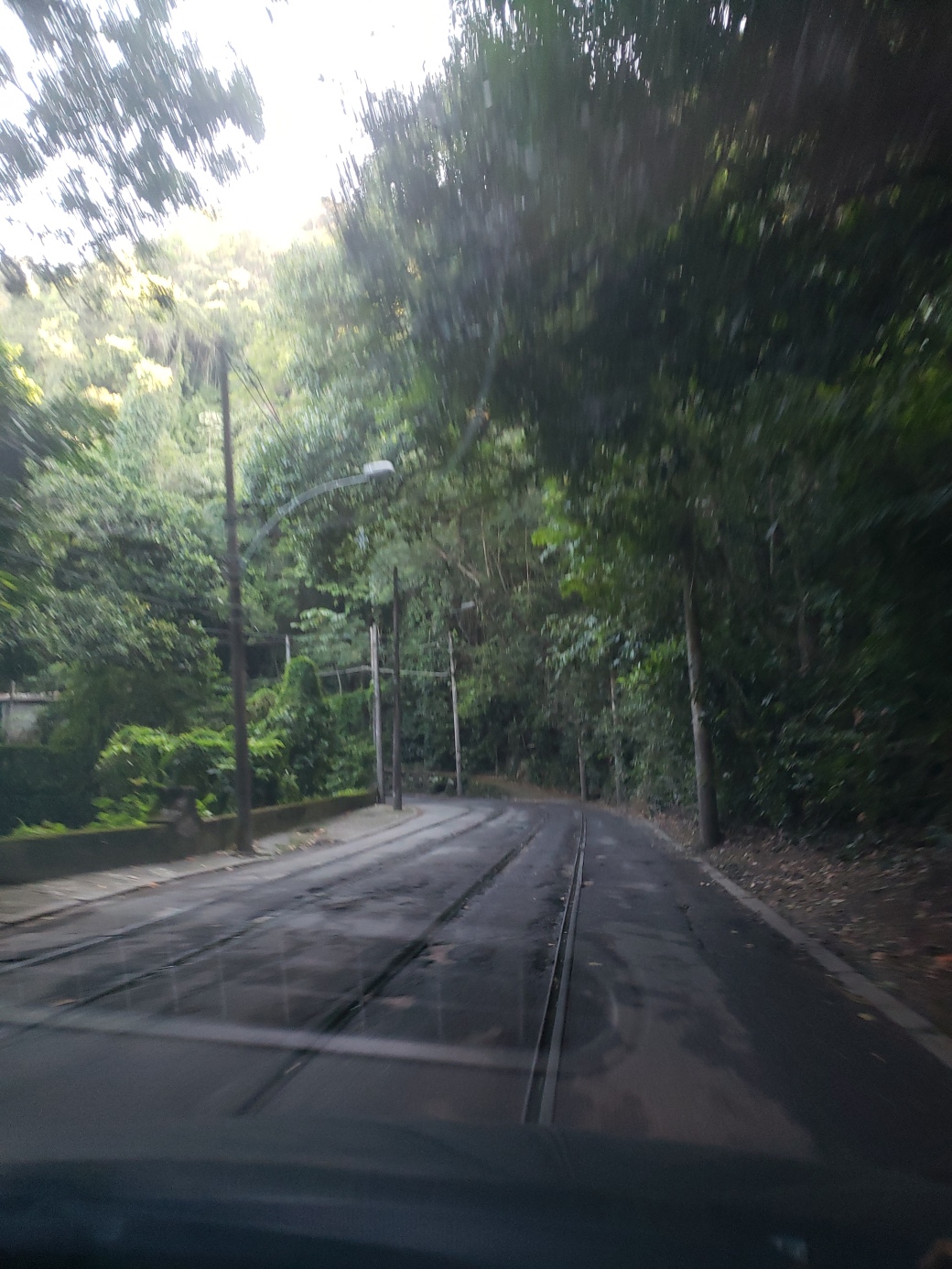

As you drive up the Corcovado mountain to the visitor center of Tijuca Forest National Park, you can see the original railroad tracks that brought all the supplies up the mountain for the construction. Nowadays, these rails are used, but there is still an “old style trolley car” operating that takes you up the mountain. However, I was in a race against the sun, so I had to opt for the car ride. Once you get to the visitor center, you purchase a ticket for around $10 USD, and that includes park entry and a round-trip shuttle ride to the top of the mountain where the base of the statue begins. As you ascend the final sets of stairs of the base, you are greeted with beautiful views of the city, Sugar Loaf Mountain, The Maracana Stadium, Copacabana Beach, and Ipanema Beach. It’s truly a magnificent view! I competed with other tourists to get the “perfect picture” with the statue and then I stayed just long enough to see the sunset beyond the peak of the Serra da Mantiqueira (Mantiqueira Mountain Range).
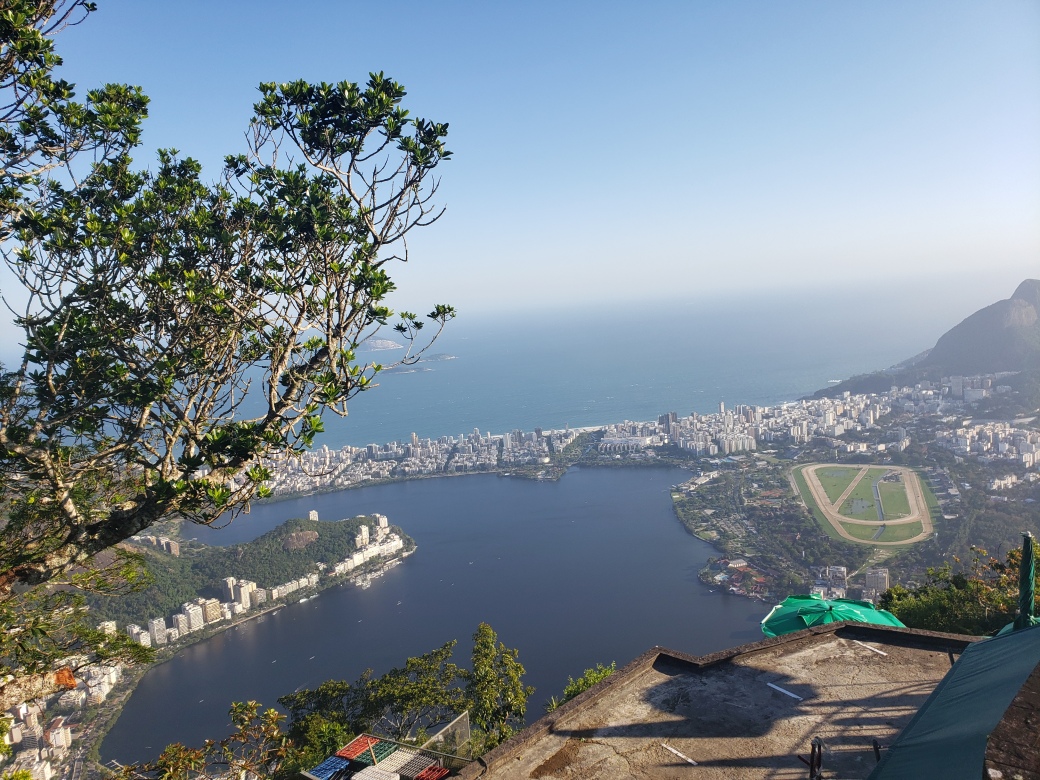
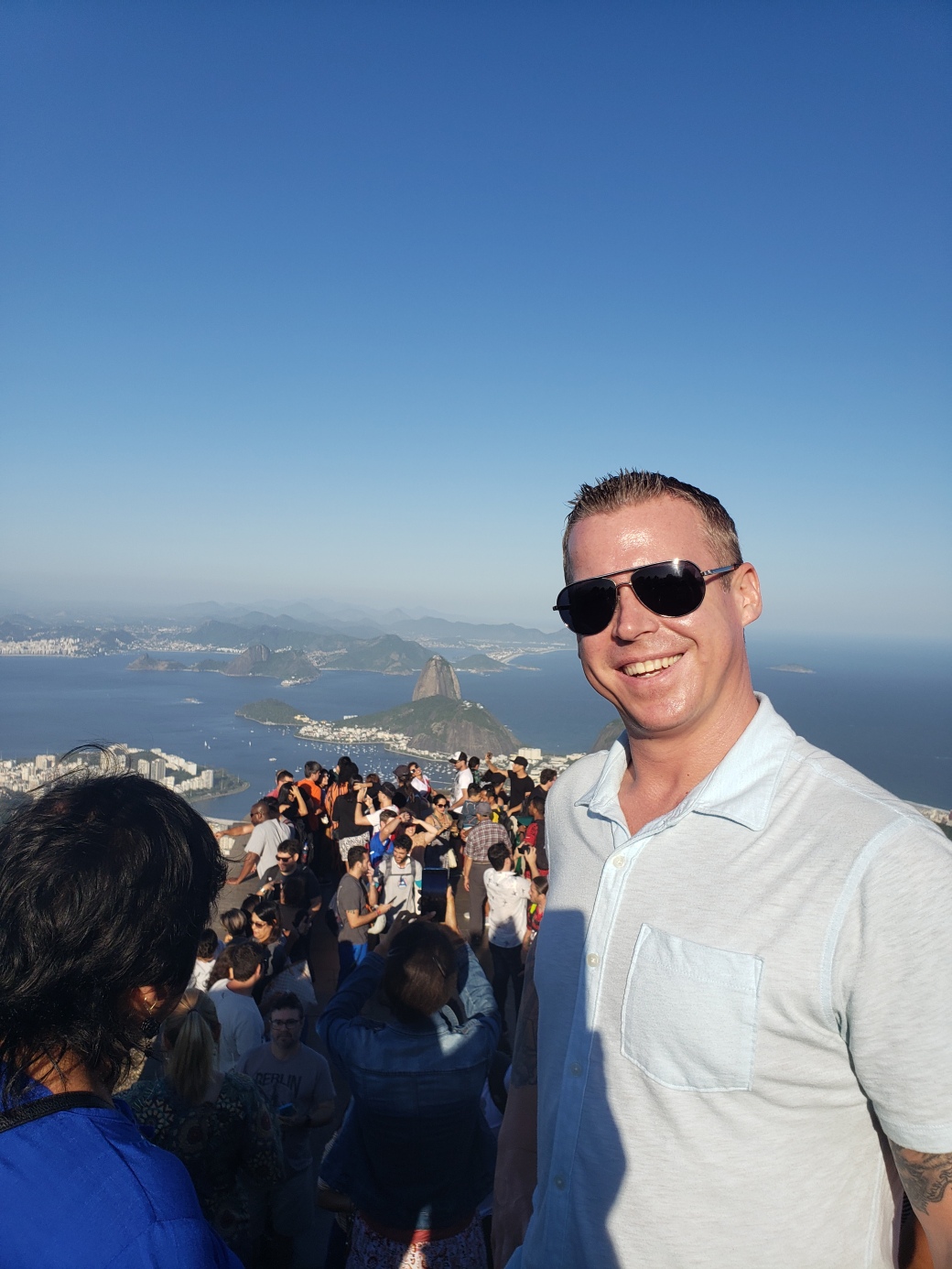
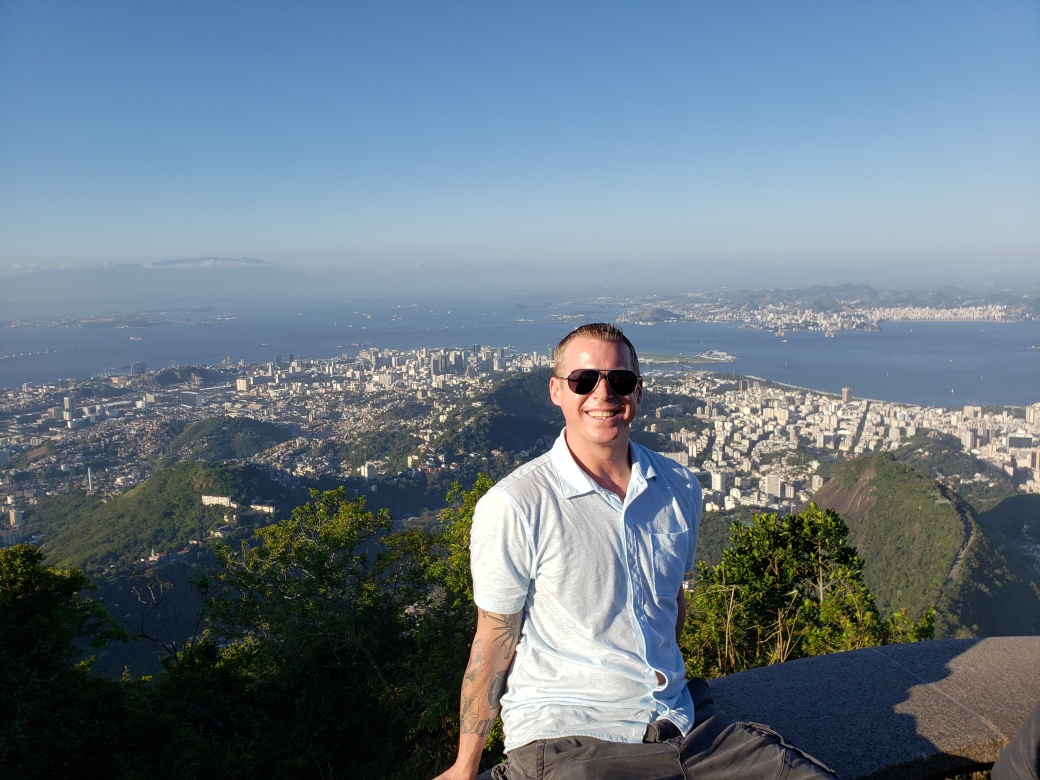 I then retreated back to my hotel to get ready for an Ipanema/Copacabana pub crawl. It was cheap, and I figured it to be a safe way to go out for a few drinks and meet some people. It was also a good idea because all the hosts spoke perfect English in a place where most people only speak Portuguese, and the majority of conversations have to be met halfway in Spanish.
I then retreated back to my hotel to get ready for an Ipanema/Copacabana pub crawl. It was cheap, and I figured it to be a safe way to go out for a few drinks and meet some people. It was also a good idea because all the hosts spoke perfect English in a place where most people only speak Portuguese, and the majority of conversations have to be met halfway in Spanish.
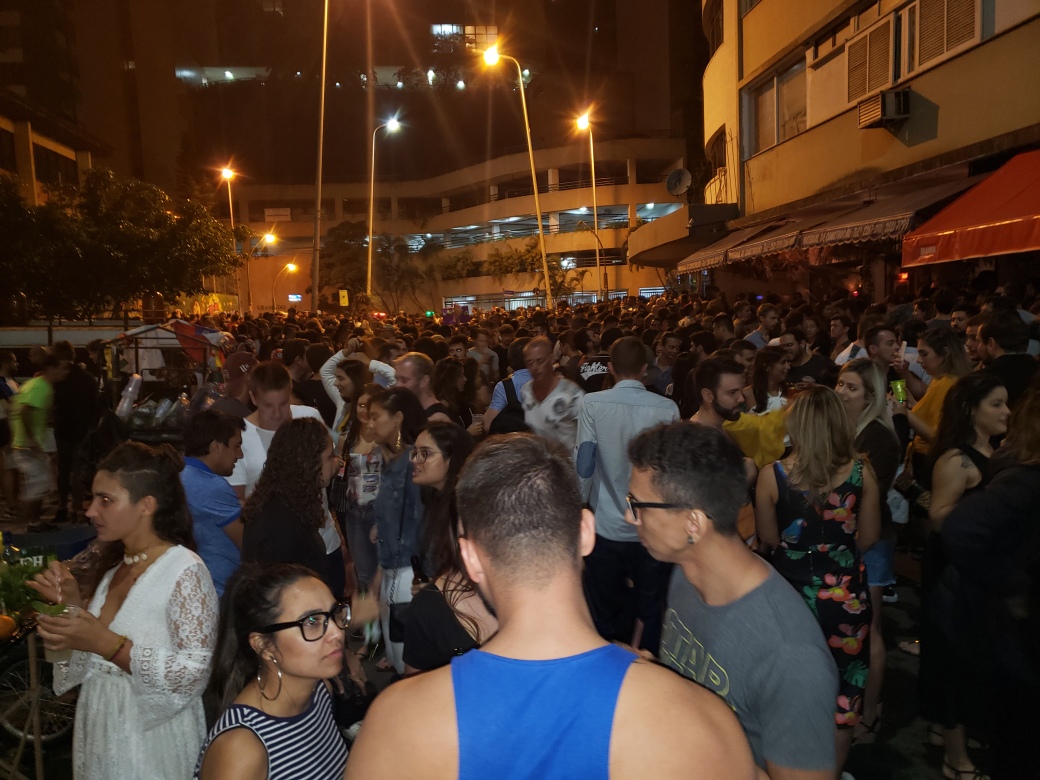
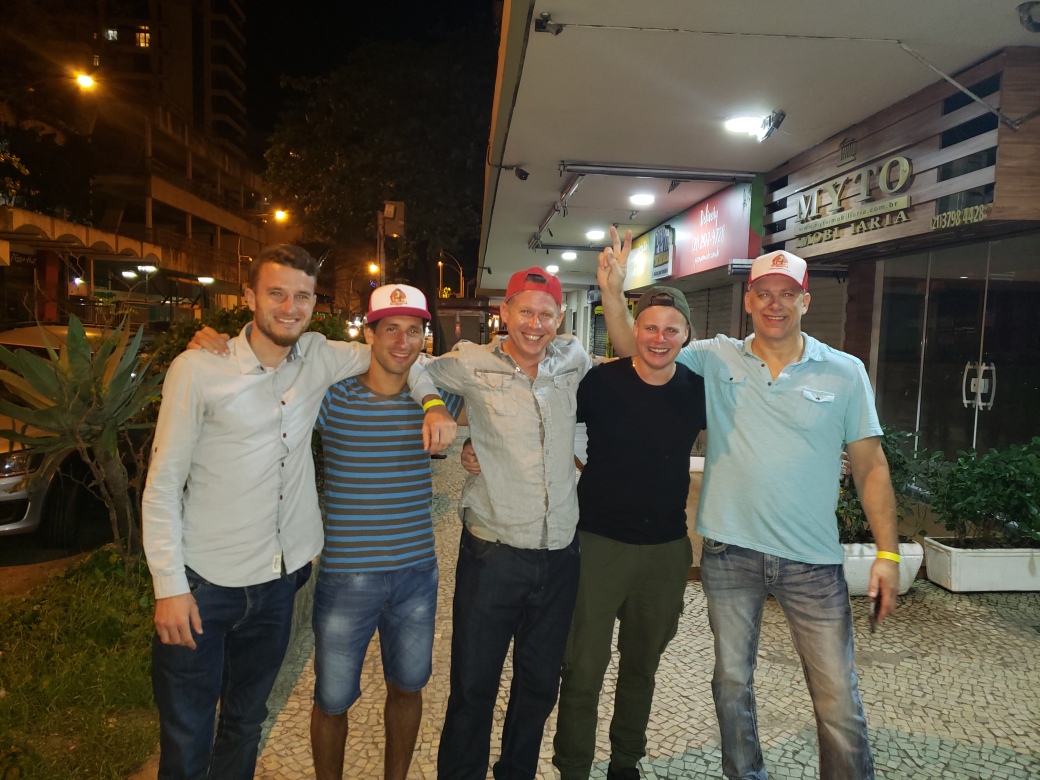

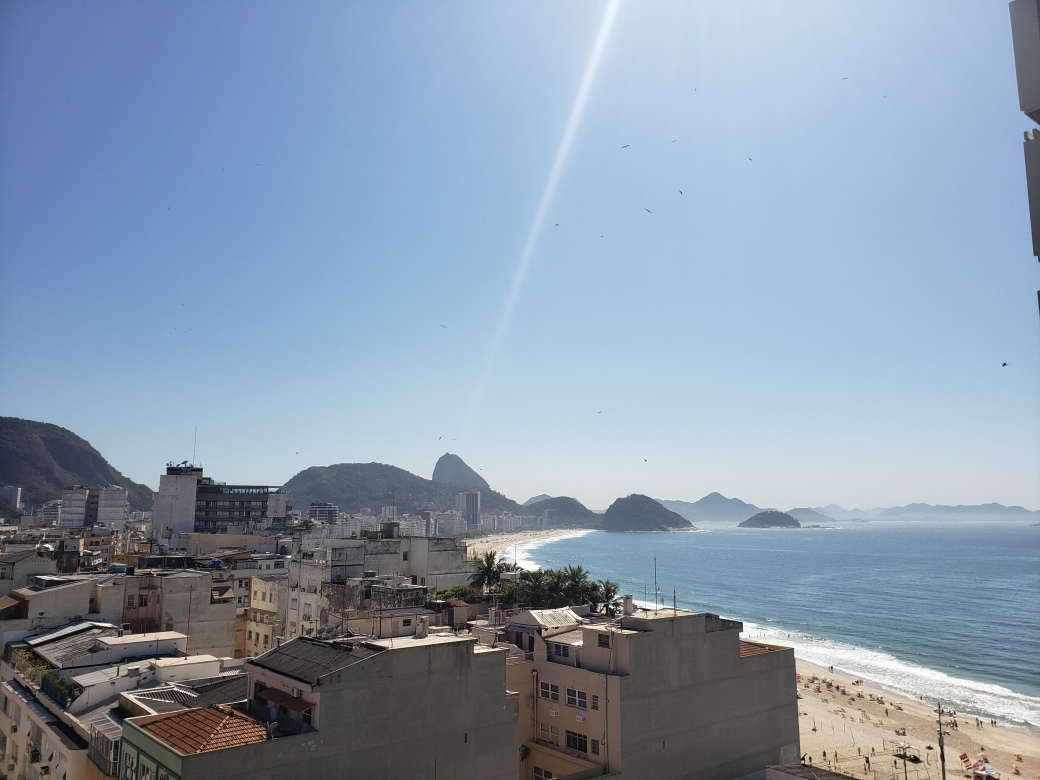 The next day in Rio was dedicated to Futebol (soccer) and the beach. After breakfast, I caught an Über to The Maracanã Stadium, which is officially named the Estádio Jornalista Mário Filho. This stadium is famous for being where Edson Arantes do Nascimento (better known as Pelé) scored his 1000th goal, called O Milésimo (The Thousandth), on November 19, 1969. Pelé scored this goal during a penalty kick in a match against Vasco da Gama.
The next day in Rio was dedicated to Futebol (soccer) and the beach. After breakfast, I caught an Über to The Maracanã Stadium, which is officially named the Estádio Jornalista Mário Filho. This stadium is famous for being where Edson Arantes do Nascimento (better known as Pelé) scored his 1000th goal, called O Milésimo (The Thousandth), on November 19, 1969. Pelé scored this goal during a penalty kick in a match against Vasco da Gama.

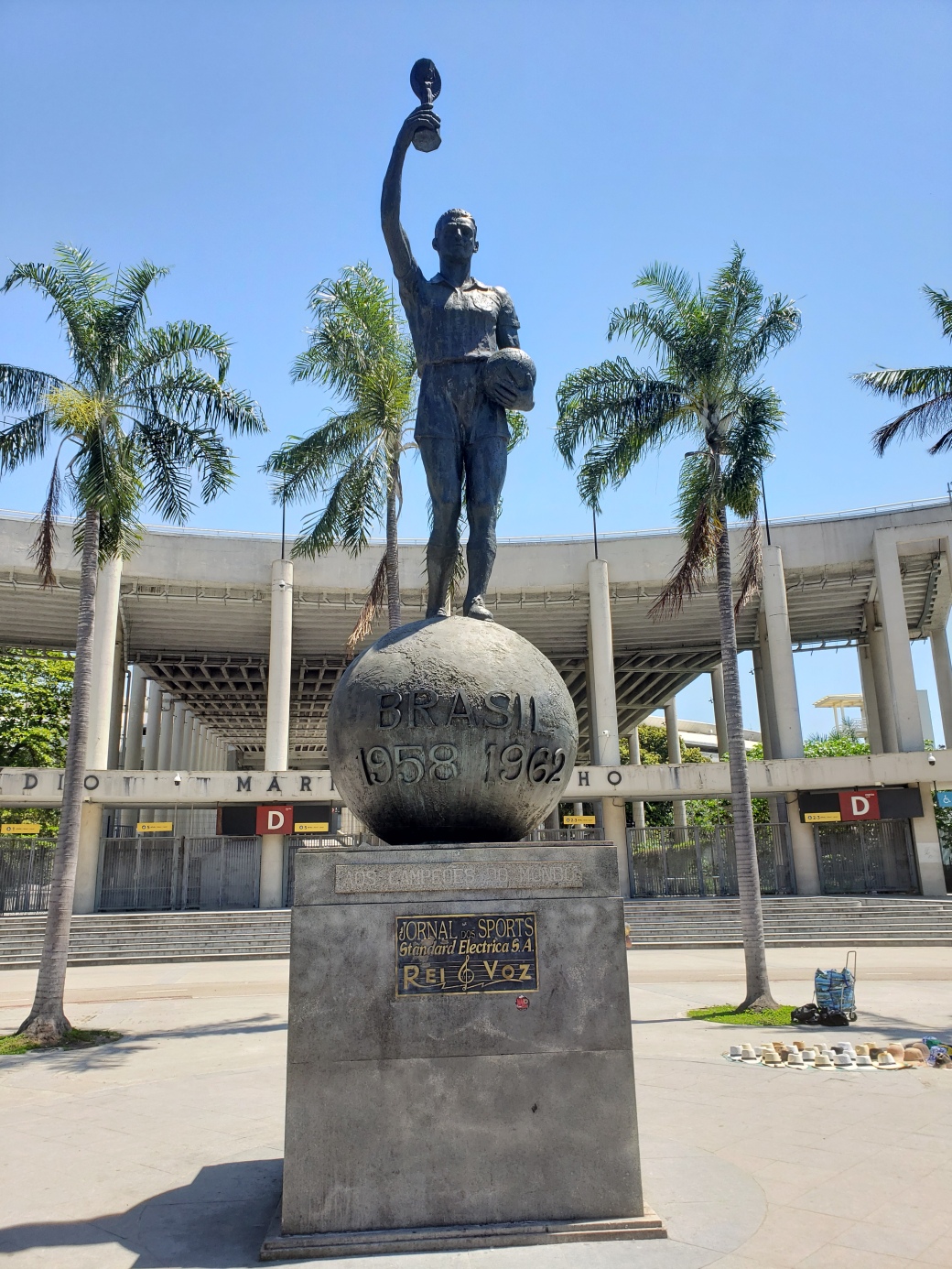
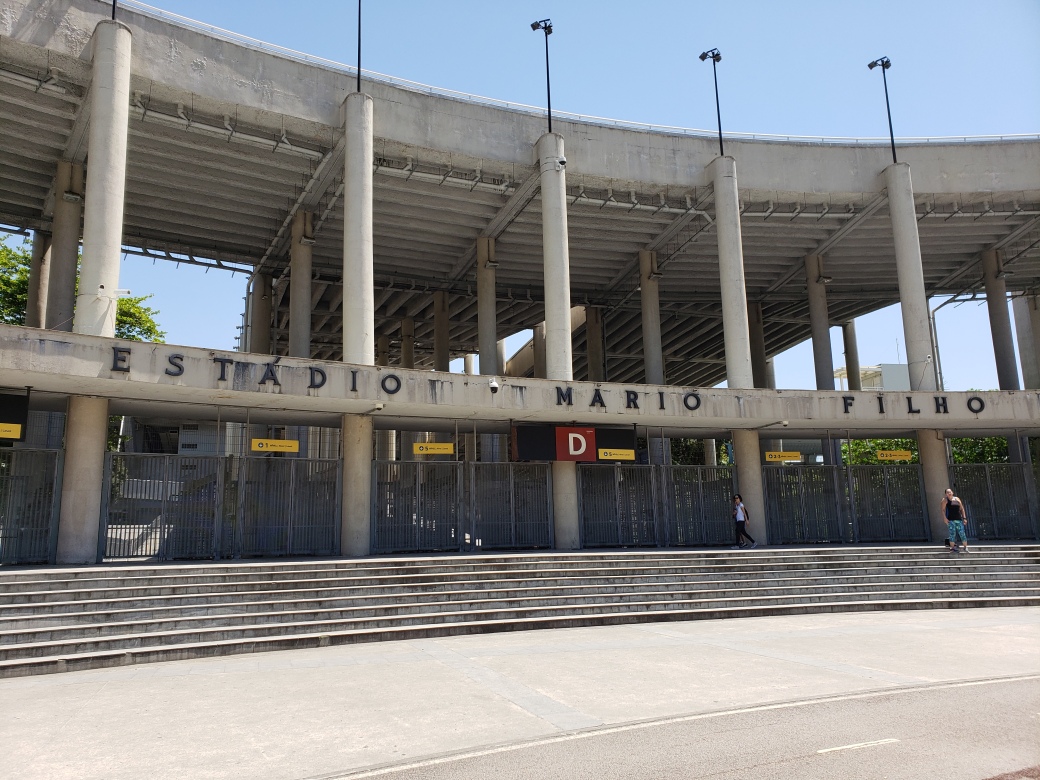
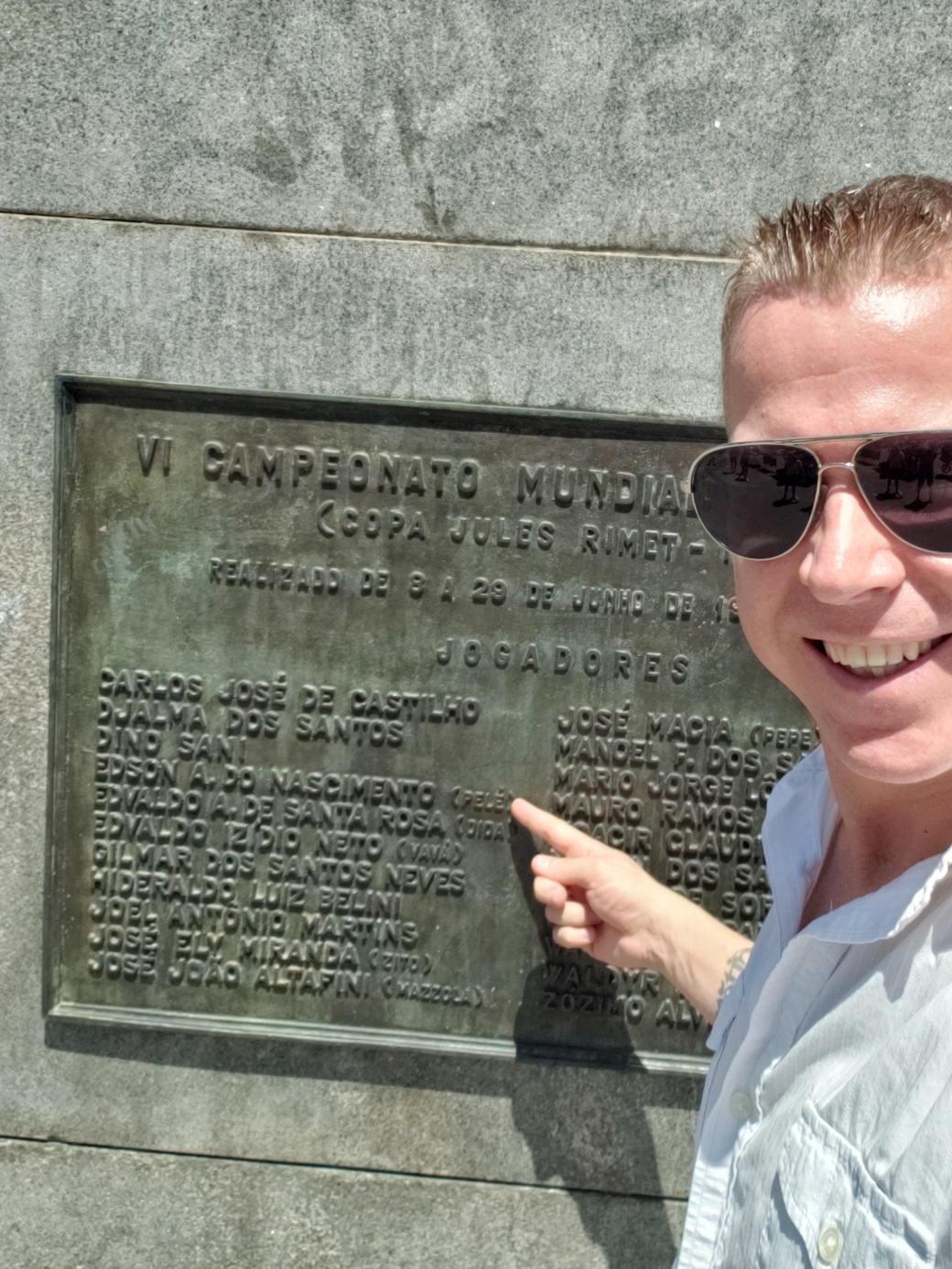 When the stadium opened in 1950 to host the FIFA World Cup, Uruguay defeated Brazil 2-1 in the deciding game on July 16 in front of nearly 200,000 spectators, which made it the world’s largest stadium by capacity. This was one of the 26 times the stadium had 150,000 or more attendees. The most recent time since then was May 29, 1983, with 155,253 people watching Flamengo beat Santos 3-0. Additionally, there were 284 times the stadium saw crowds of more than 100,000. However, due to replacing terraced sections with seats and the renovation for the 2014 FIFA World Cup, its capacity has diminished to only 78,838. It is still the largest stadium in Brazil and the second-largest in South America, mainly used for soccer matches between the major clubs in the city, such as Flamengo, Fluminense, Botafogo, and Vasco da Gama, as well as concerts and other sporting events. and the second in South America after Estadio Monumental in Peru.
When the stadium opened in 1950 to host the FIFA World Cup, Uruguay defeated Brazil 2-1 in the deciding game on July 16 in front of nearly 200,000 spectators, which made it the world’s largest stadium by capacity. This was one of the 26 times the stadium had 150,000 or more attendees. The most recent time since then was May 29, 1983, with 155,253 people watching Flamengo beat Santos 3-0. Additionally, there were 284 times the stadium saw crowds of more than 100,000. However, due to replacing terraced sections with seats and the renovation for the 2014 FIFA World Cup, its capacity has diminished to only 78,838. It is still the largest stadium in Brazil and the second-largest in South America, mainly used for soccer matches between the major clubs in the city, such as Flamengo, Fluminense, Botafogo, and Vasco da Gama, as well as concerts and other sporting events. and the second in South America after Estadio Monumental in Peru.
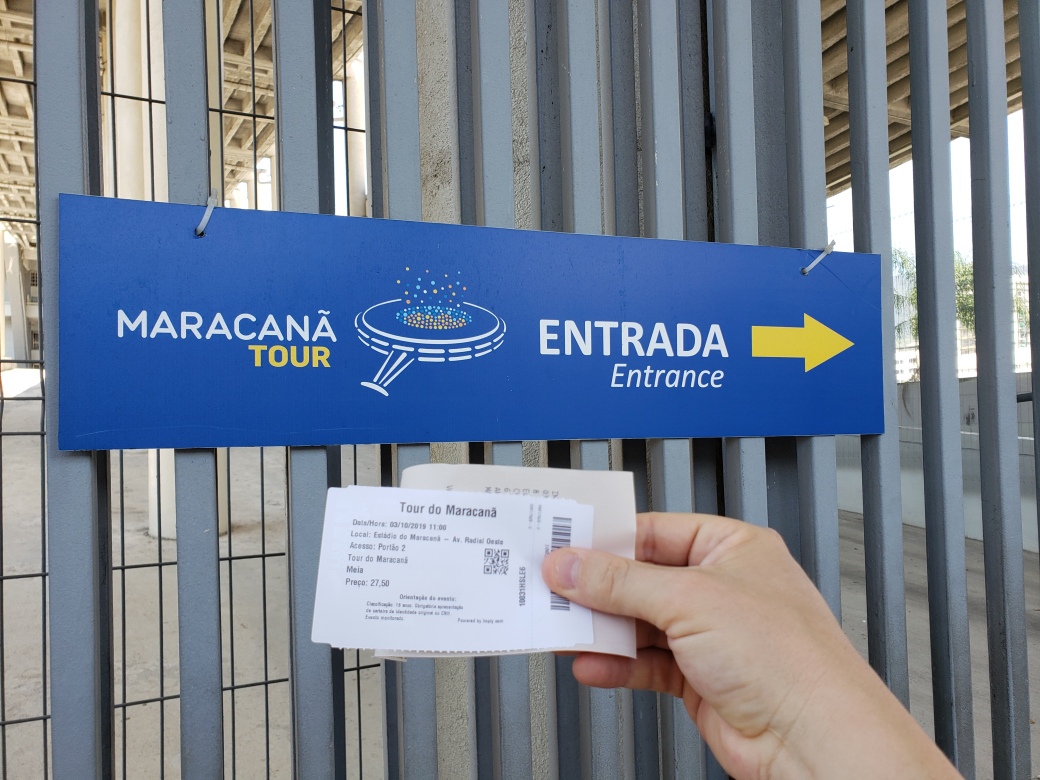
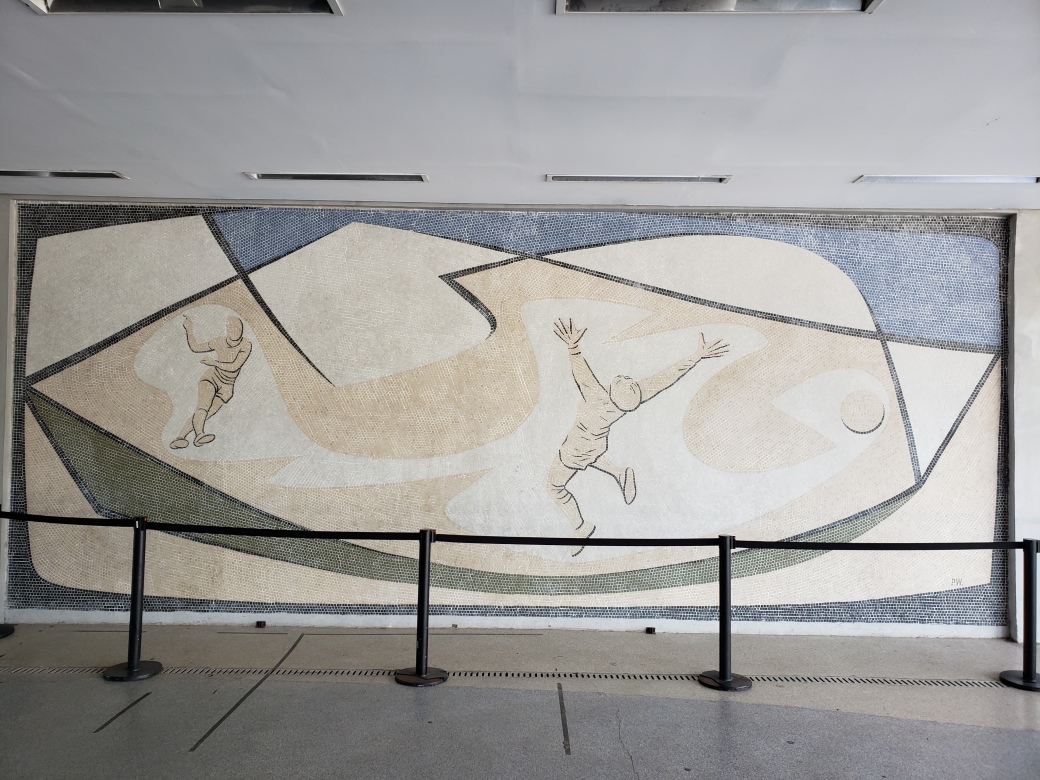
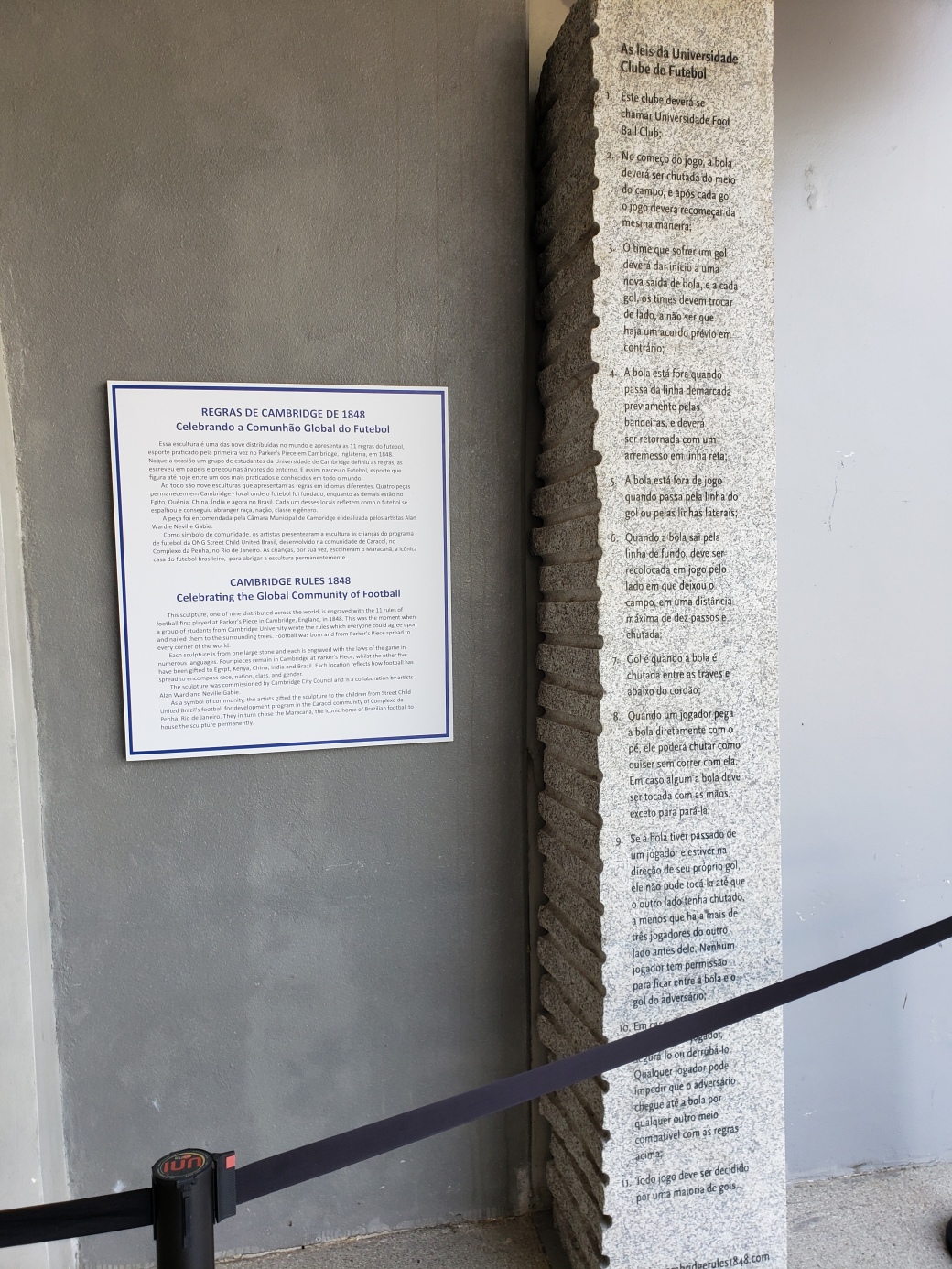
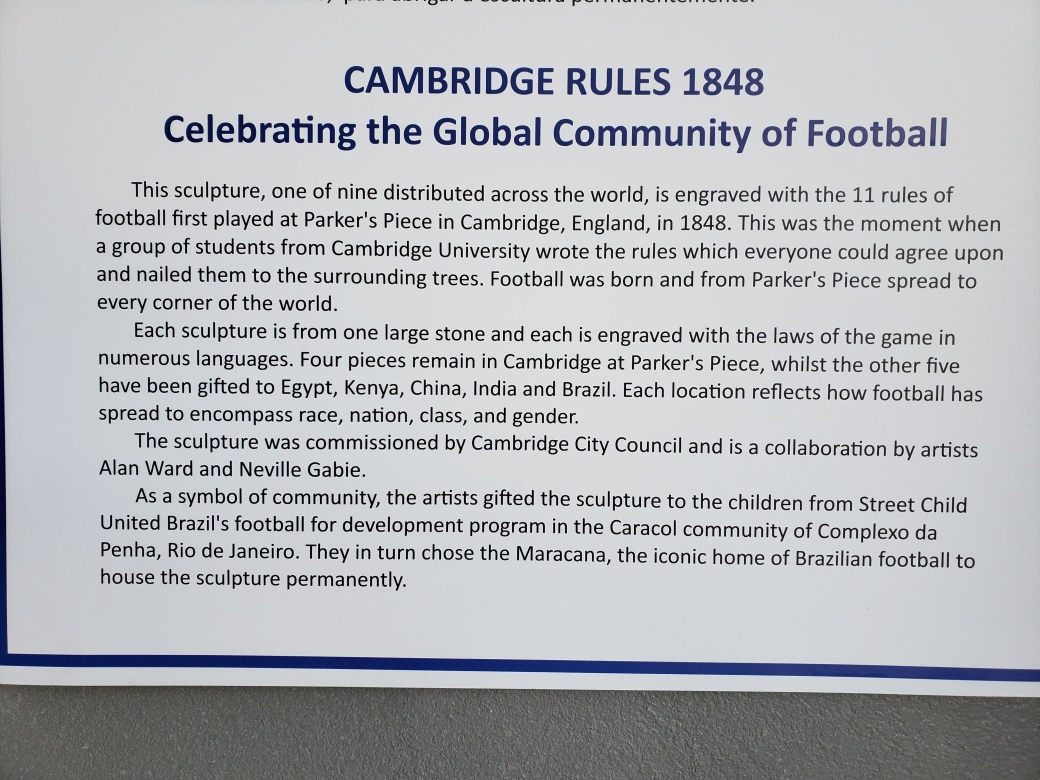


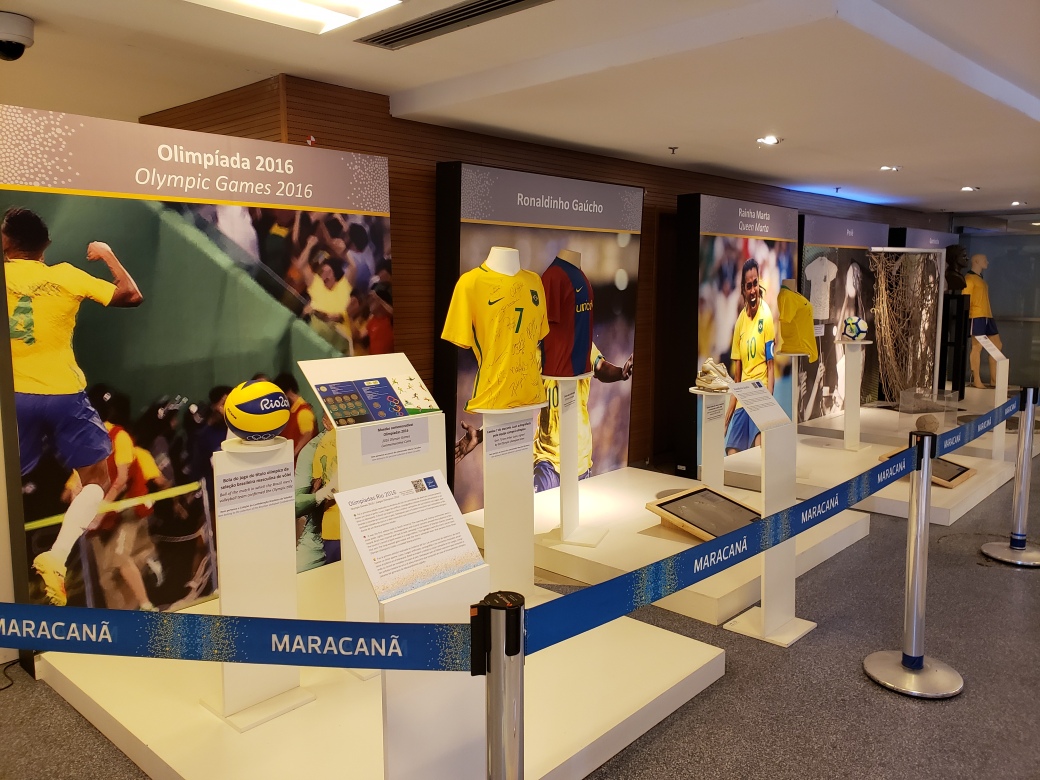
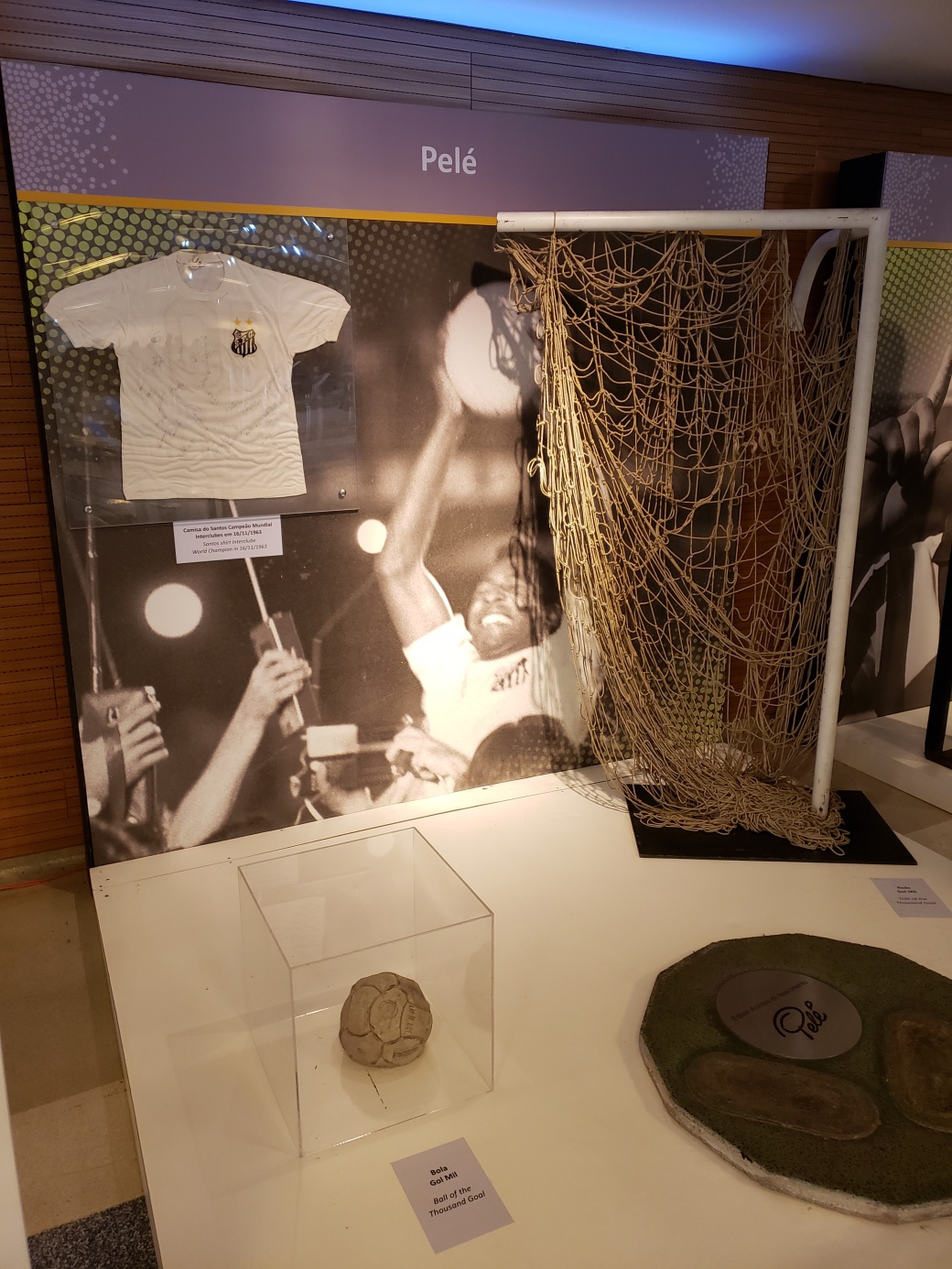


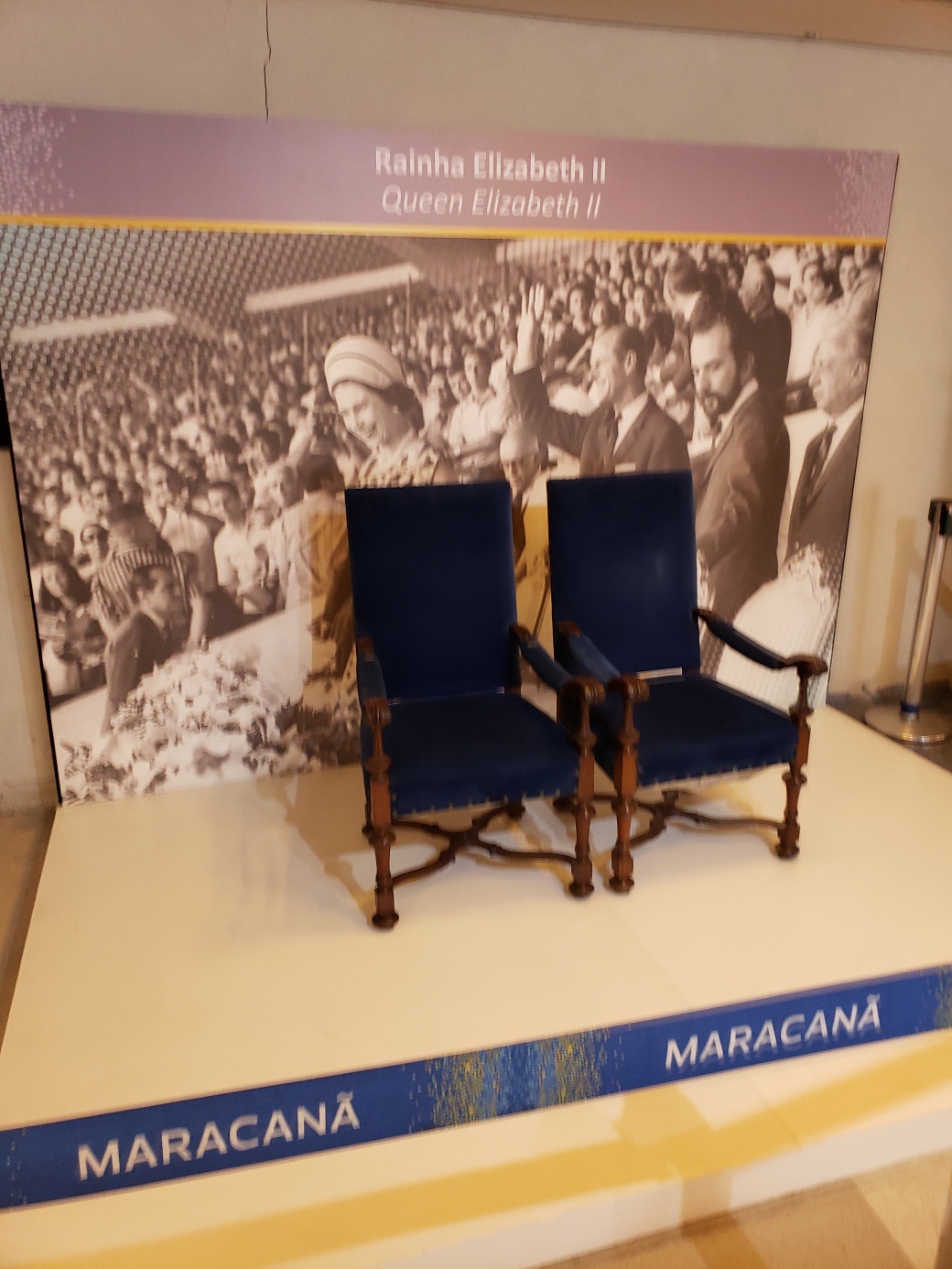
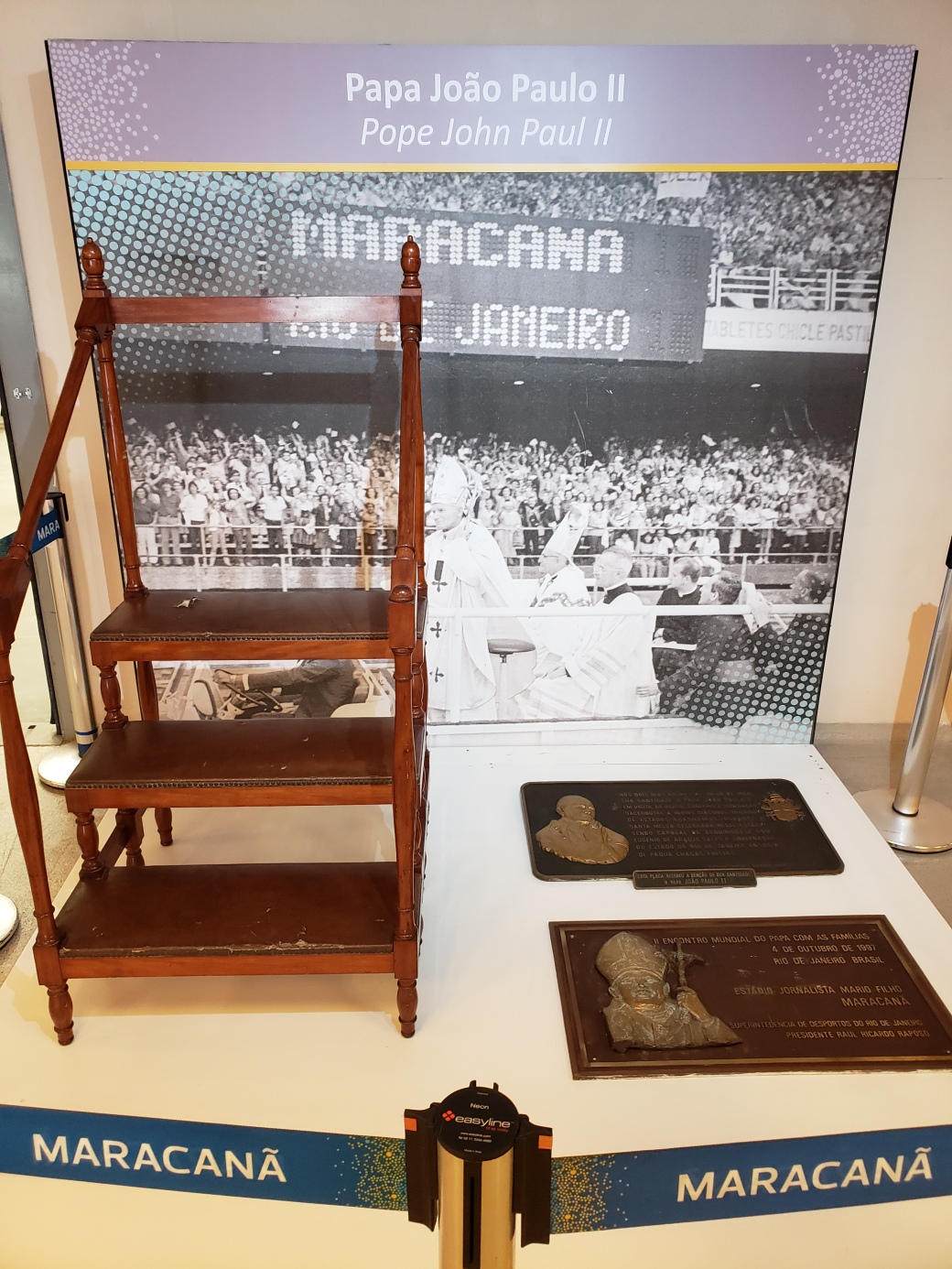
 The rest of the day was spent walking up and down Copacabana Beach taking in the street food, sights of sandcastle making, foot-volleying, and souvenir shopping. I then retired back to my hotel for the evening to rest for the next day’s tour.
The rest of the day was spent walking up and down Copacabana Beach taking in the street food, sights of sandcastle making, foot-volleying, and souvenir shopping. I then retired back to my hotel for the evening to rest for the next day’s tour.

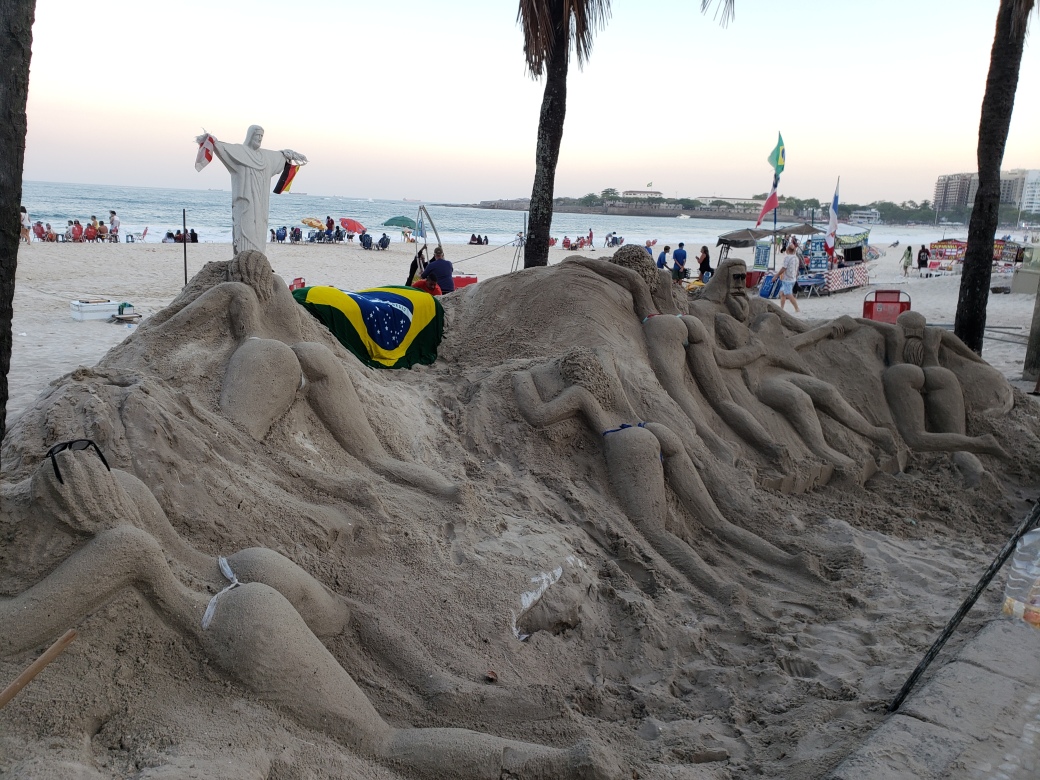


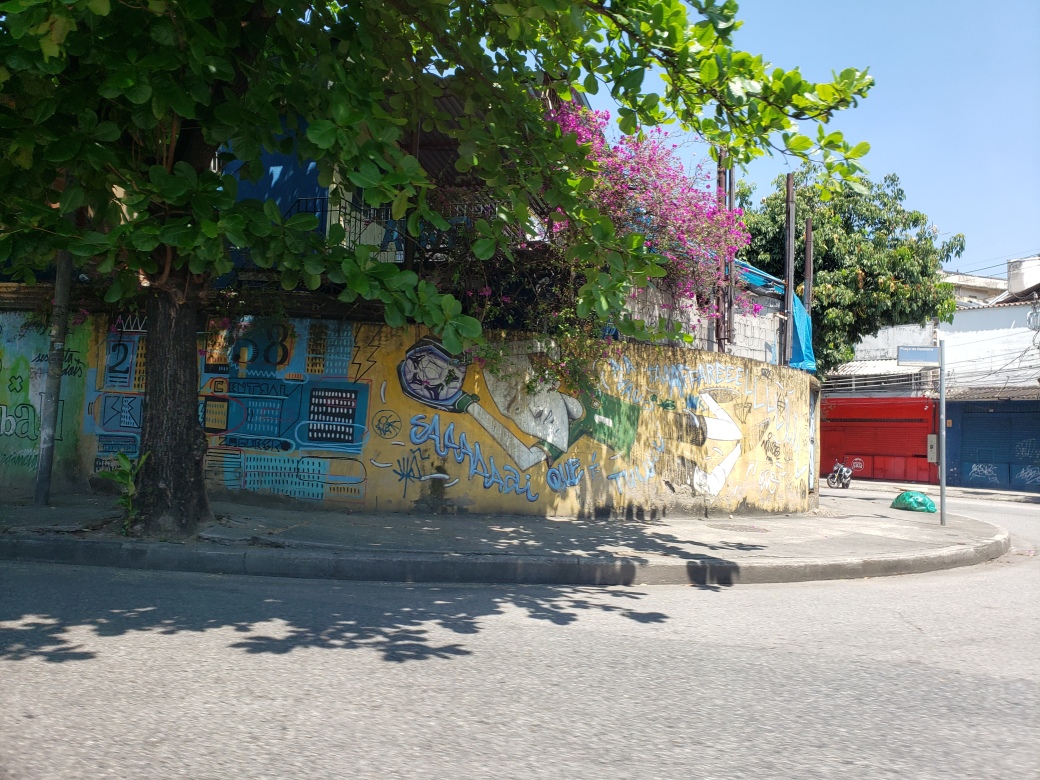
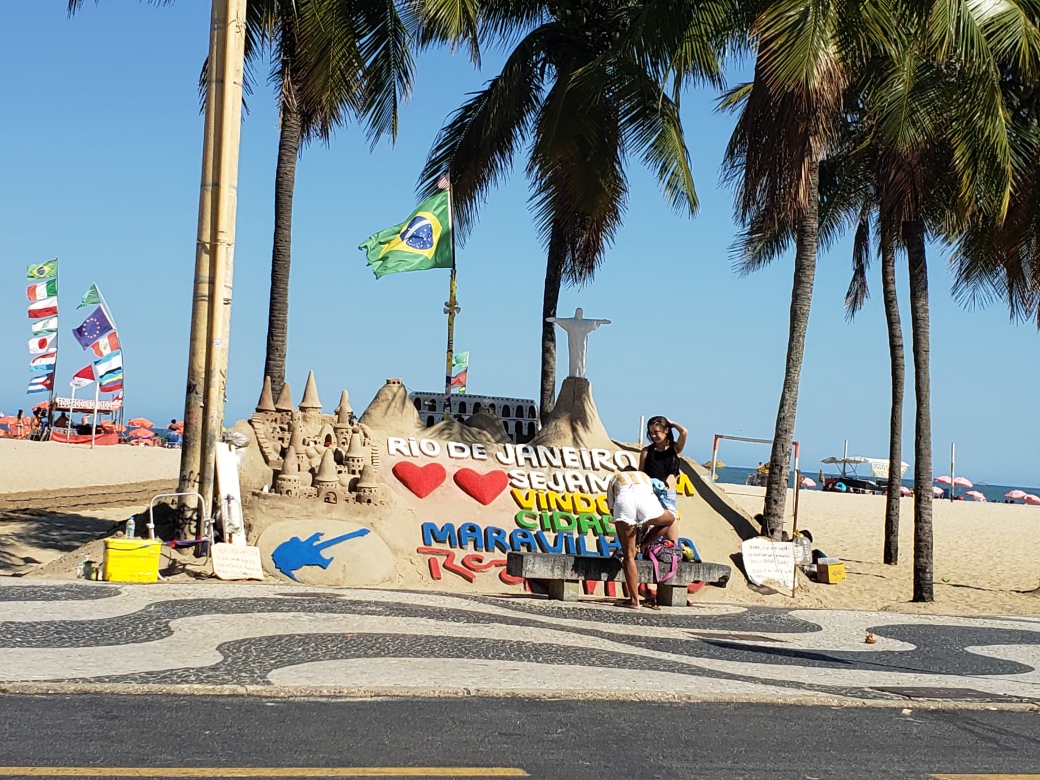

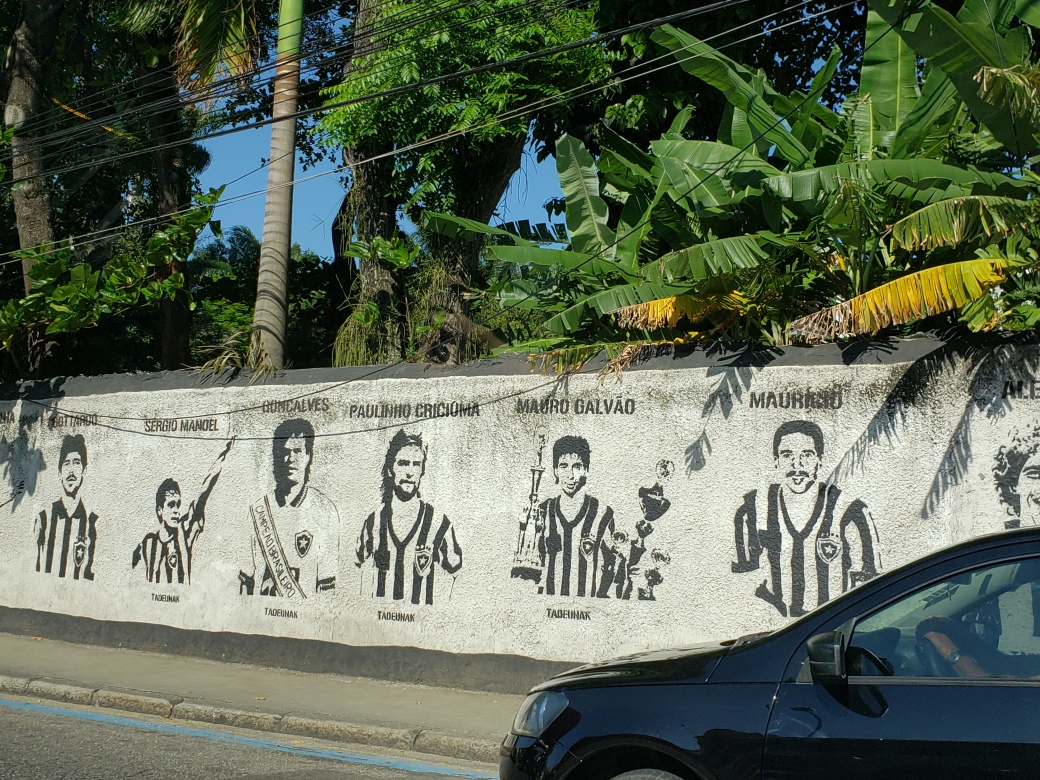


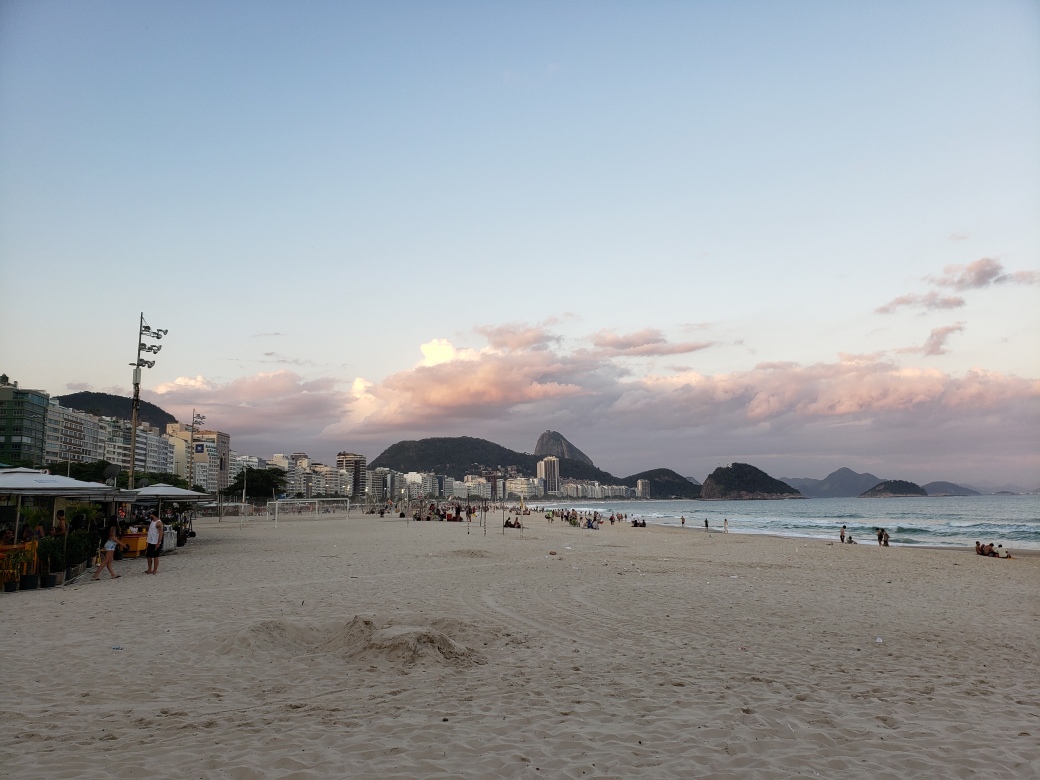 The next morning, I had breakfast and then headed out for a day tour of one of more than 1,000 favelas that help make up the city of Rio de Janeiro. I headed into the largest favela in Rio with 180,000 residents (despite being less than one square mile), called Rocinha.
The next morning, I had breakfast and then headed out for a day tour of one of more than 1,000 favelas that help make up the city of Rio de Janeiro. I headed into the largest favela in Rio with 180,000 residents (despite being less than one square mile), called Rocinha.
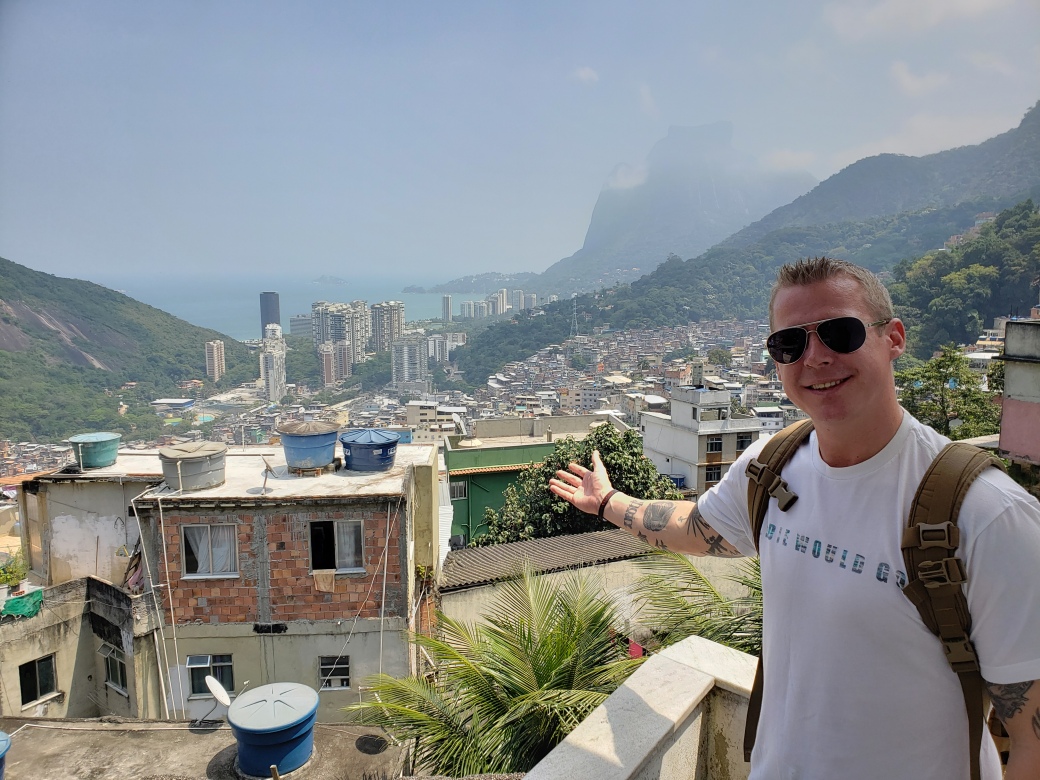
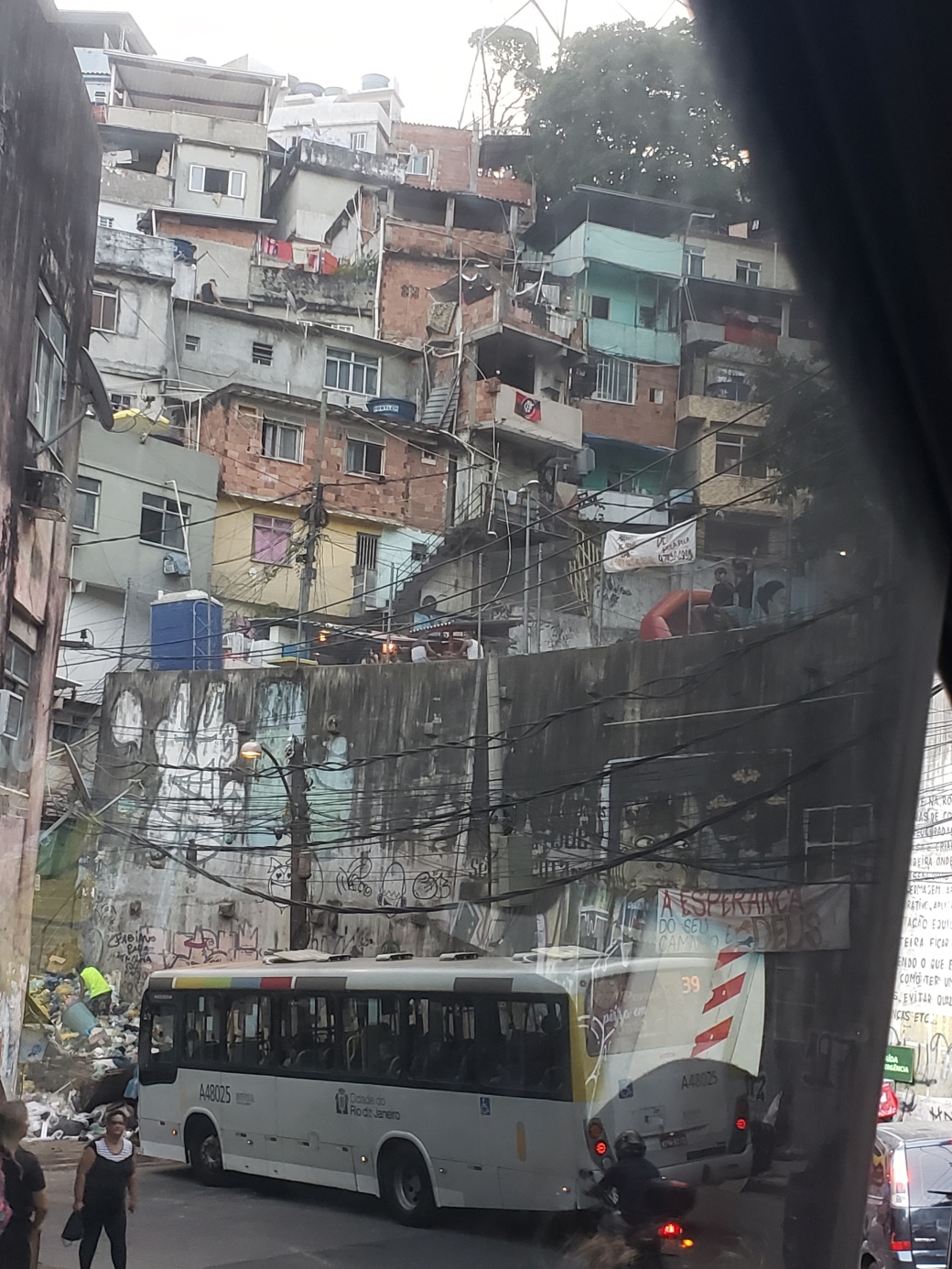


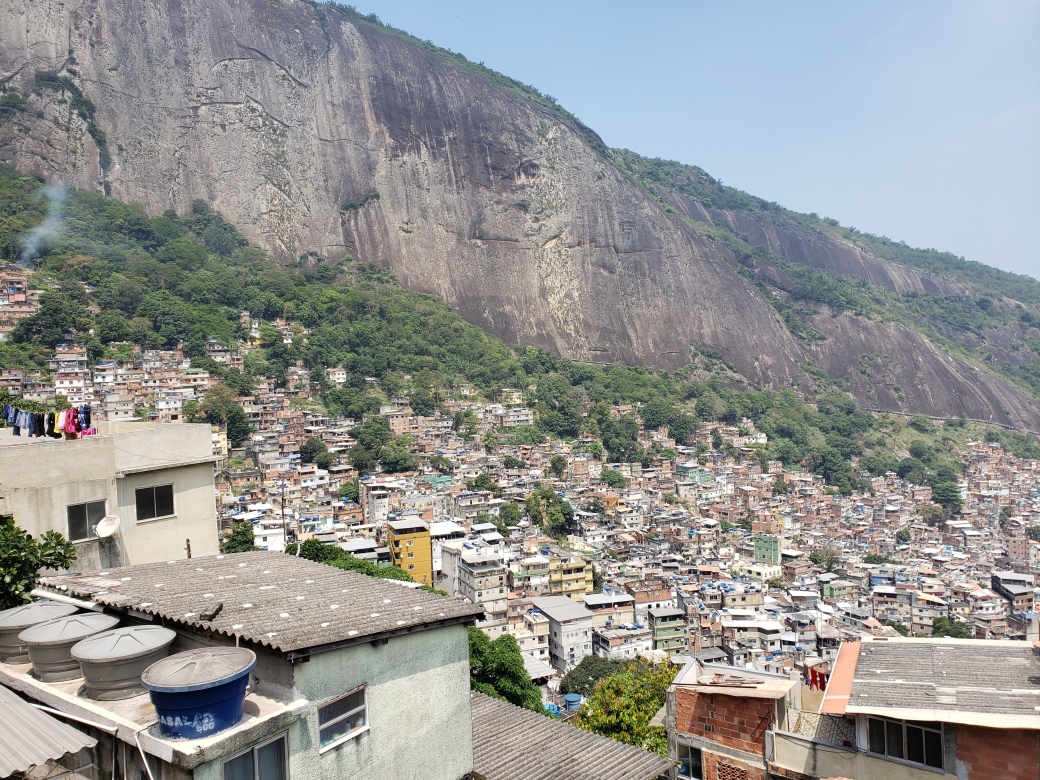
This wasn’t any normal tour; this tour consisted of a half-day walking tour and half-day Brazilian Ju-Jitsu training. It was an absolutely incredible experience! My Sifu (Brazilian Ju-Jitsu master instructor) was a wonderful man by the name Zezinho. In Roncinha, he is kind of a living legend who has made it his life’s mission to improve the reputation and the lives of the people living there.
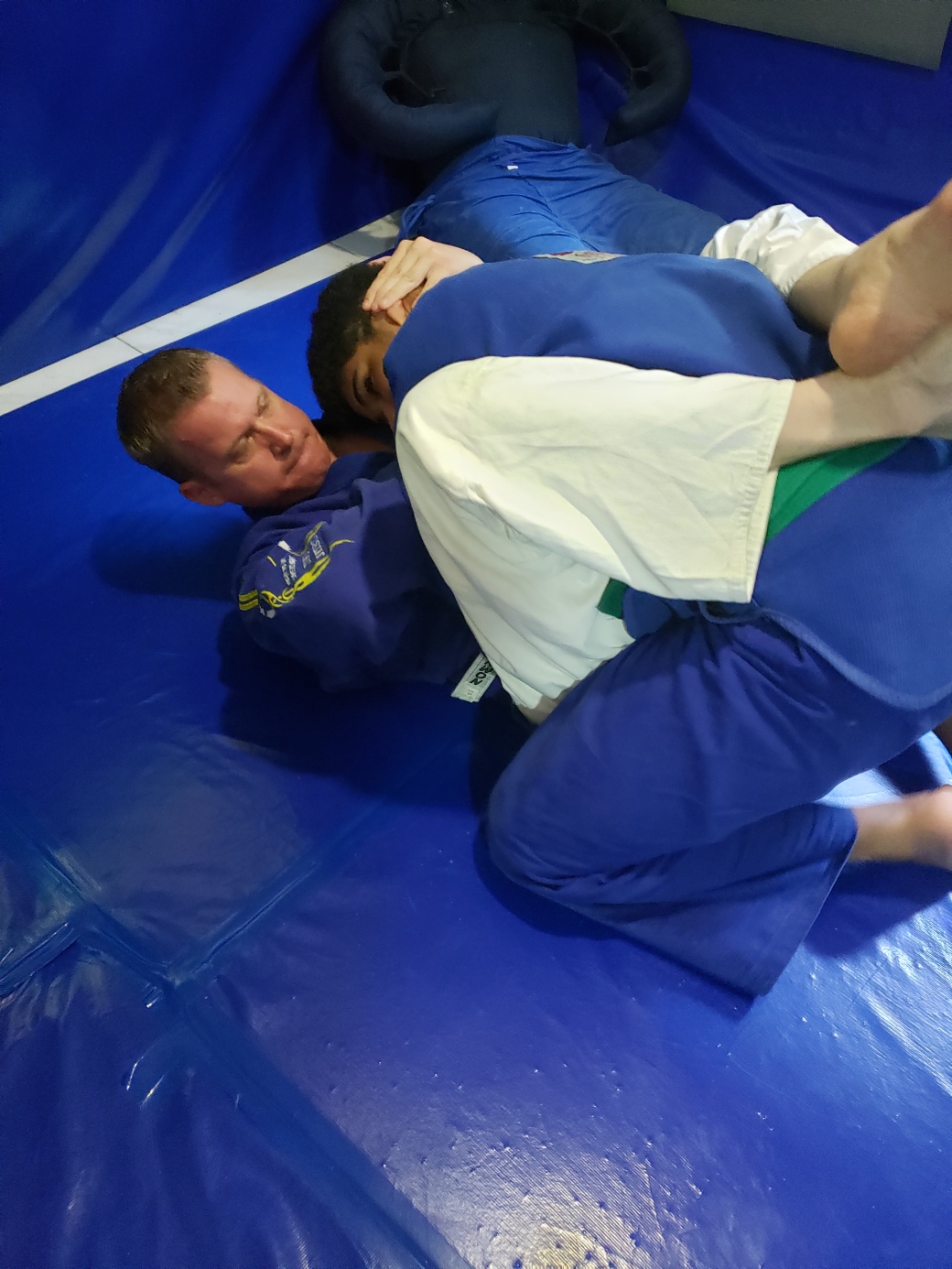

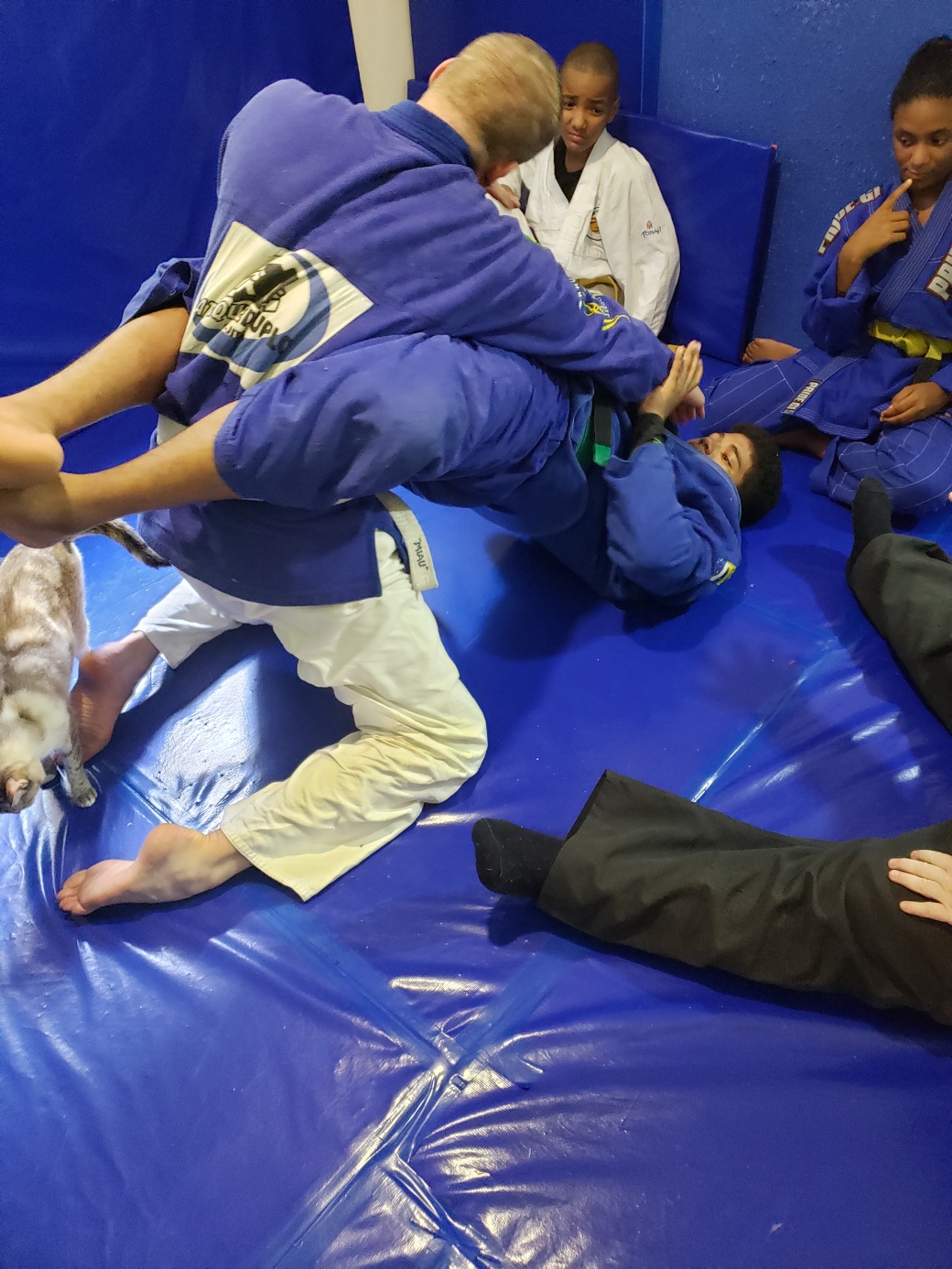
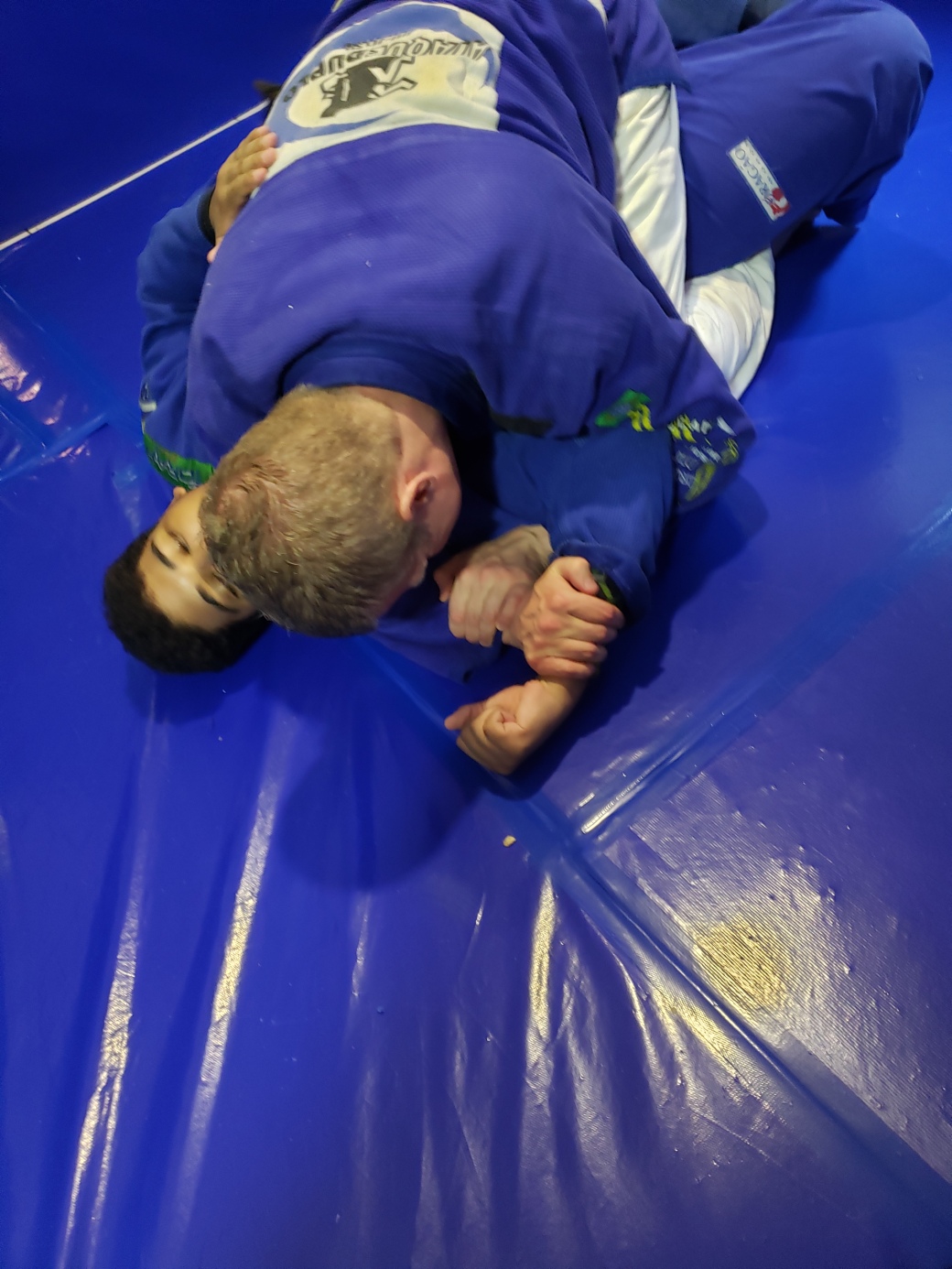

This tour allowed me to see deep into parts of Rio that most tourists bypass, missing a huge part of Brazilian culture. The people he introduced me to were very kind and welcoming — everyone from the other Brazilian Ju-Jitsu students who trained with me to the random people we met on the street whenever Zezinho would give a local a free wristband that said “Eu amo Rocinha” (I love Rocinha)!
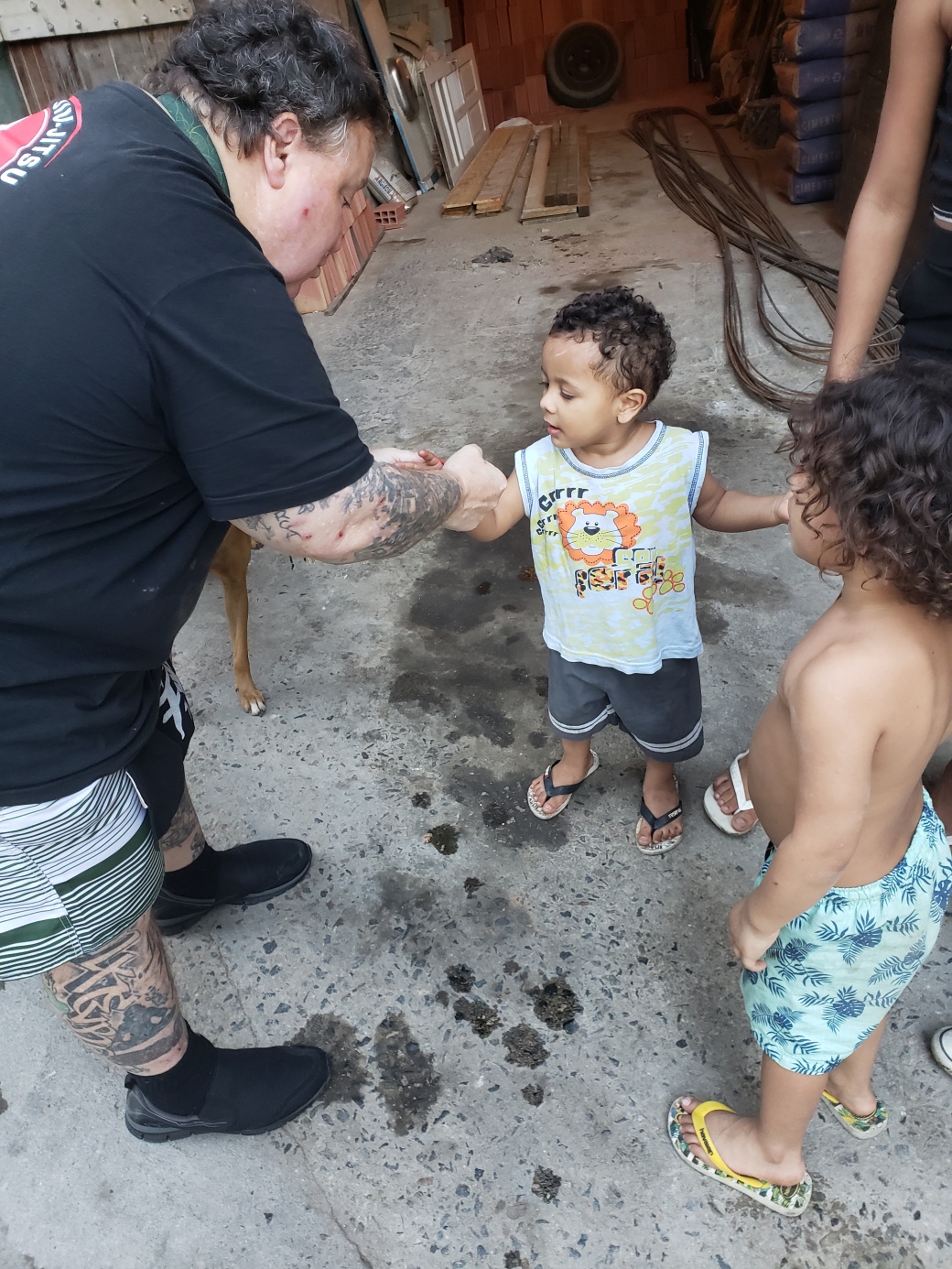
Zezinho speaks perfect English, and I highly recommend his tour, which can be found at http://www.favelatour.org . After many hours of Ju-Jitsu and touring, I was spent and headed back to my hotel for the night.
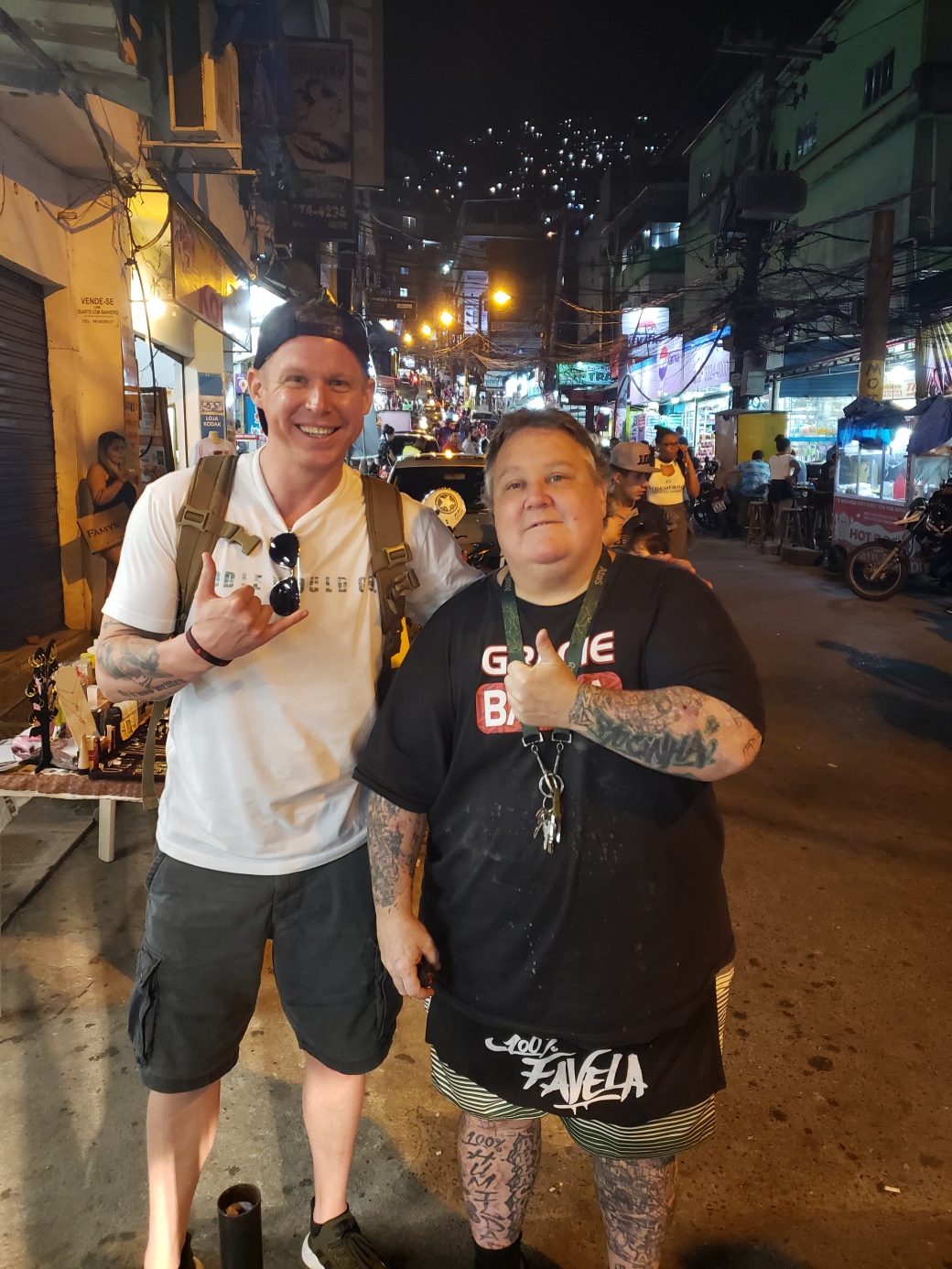
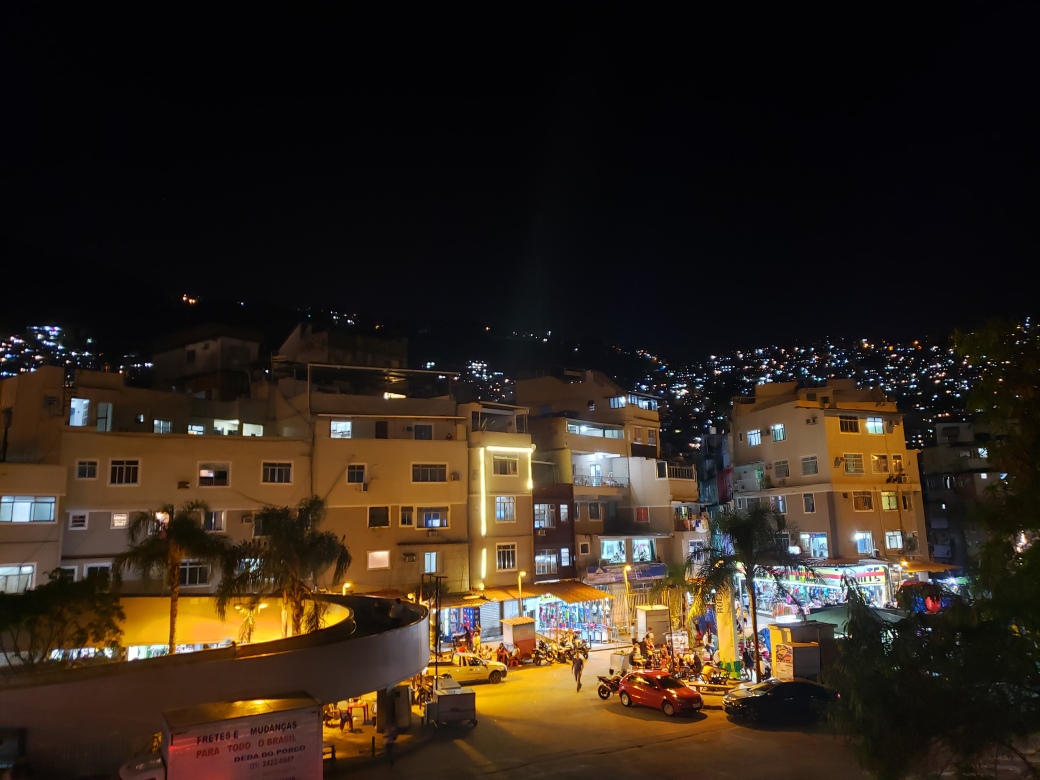 The following day was my last day in Rio, and I wanted to explore Sugar Loaf Mountain and Ipanema beach before I left. I took an Über to Sugar Loaf, but was met with a steep price for a lift ticket of $35 USD per person. This was by far the most costly expense (aside from my hotel) since I had gotten to Rio. I decided to pass because I felt I got the picture I wanted from the Christ the Redeemer statue site. I recommend that if a person does want to go to the top of Sugar Loaf Mountain, they should include it in a full-day tour covering Sugar Loaf and some of the other main highlights of Rio to keep price down. The rest of my afternoon was spent walking down Ipanema beach and then flying home in the early evening time.
The following day was my last day in Rio, and I wanted to explore Sugar Loaf Mountain and Ipanema beach before I left. I took an Über to Sugar Loaf, but was met with a steep price for a lift ticket of $35 USD per person. This was by far the most costly expense (aside from my hotel) since I had gotten to Rio. I decided to pass because I felt I got the picture I wanted from the Christ the Redeemer statue site. I recommend that if a person does want to go to the top of Sugar Loaf Mountain, they should include it in a full-day tour covering Sugar Loaf and some of the other main highlights of Rio to keep price down. The rest of my afternoon was spent walking down Ipanema beach and then flying home in the early evening time.
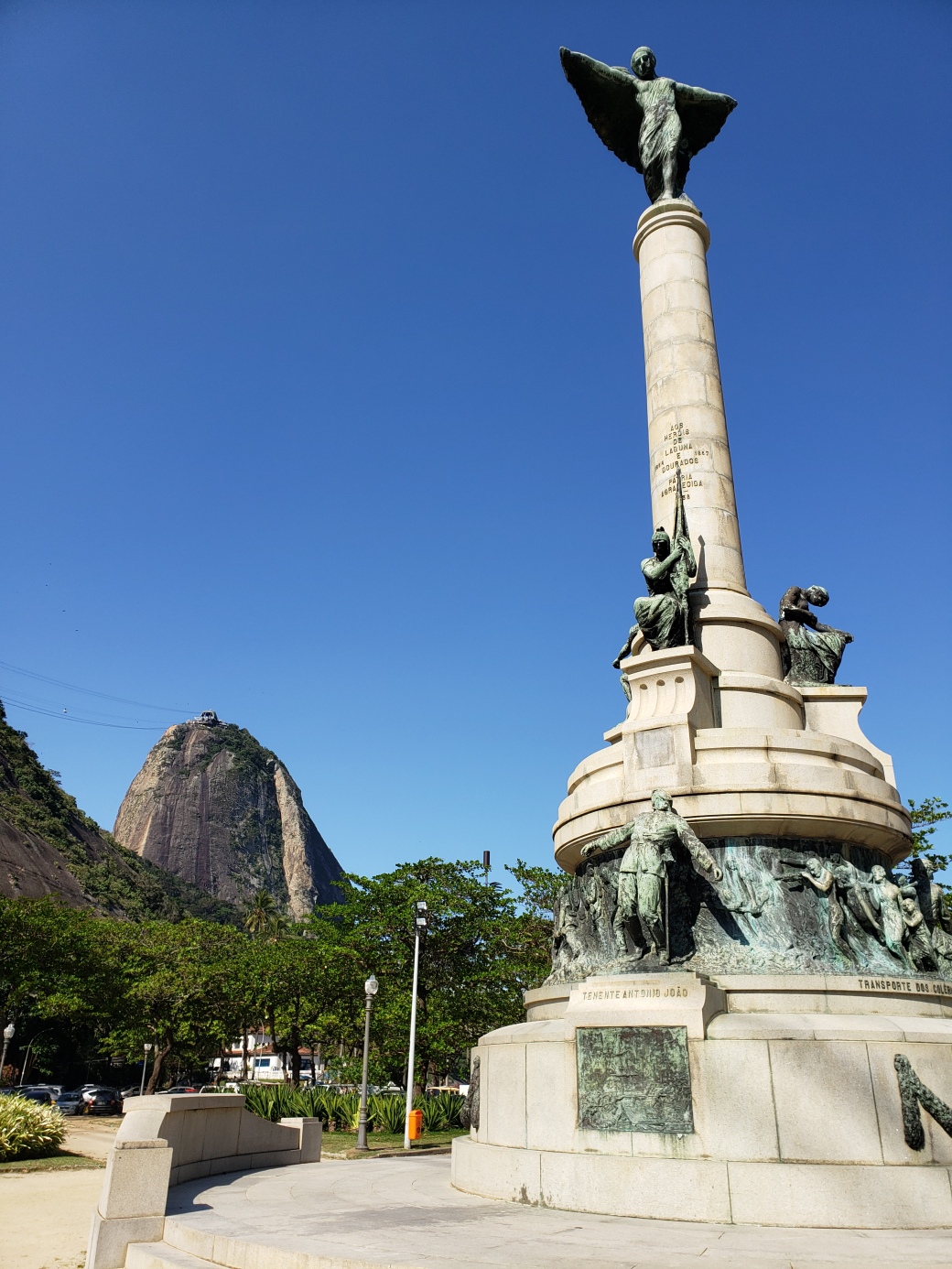
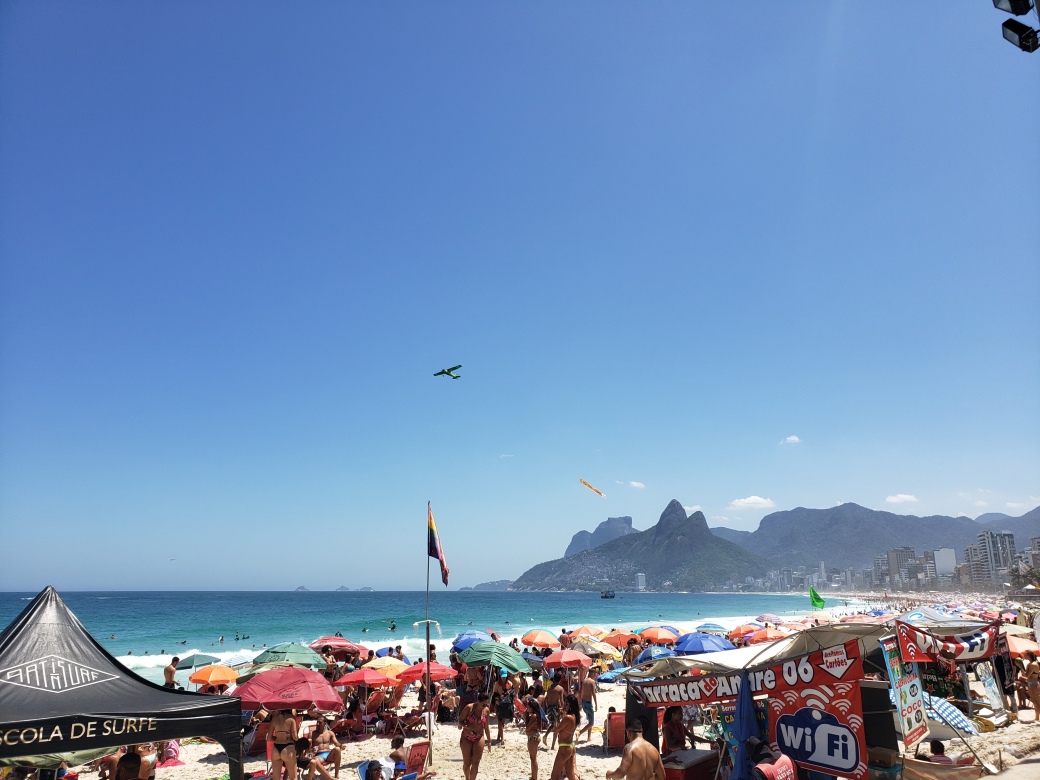 My trip to Rio de Janeiro is what I expected and far more. I was warmly welcomed by the locals into their thriving metropolis that lives so well in harmony with the jungle, which runs throughout city. This harmony is one of the driving forces that gives this wonderful country its personality and passion for nature.
My trip to Rio de Janeiro is what I expected and far more. I was warmly welcomed by the locals into their thriving metropolis that lives so well in harmony with the jungle, which runs throughout city. This harmony is one of the driving forces that gives this wonderful country its personality and passion for nature.
